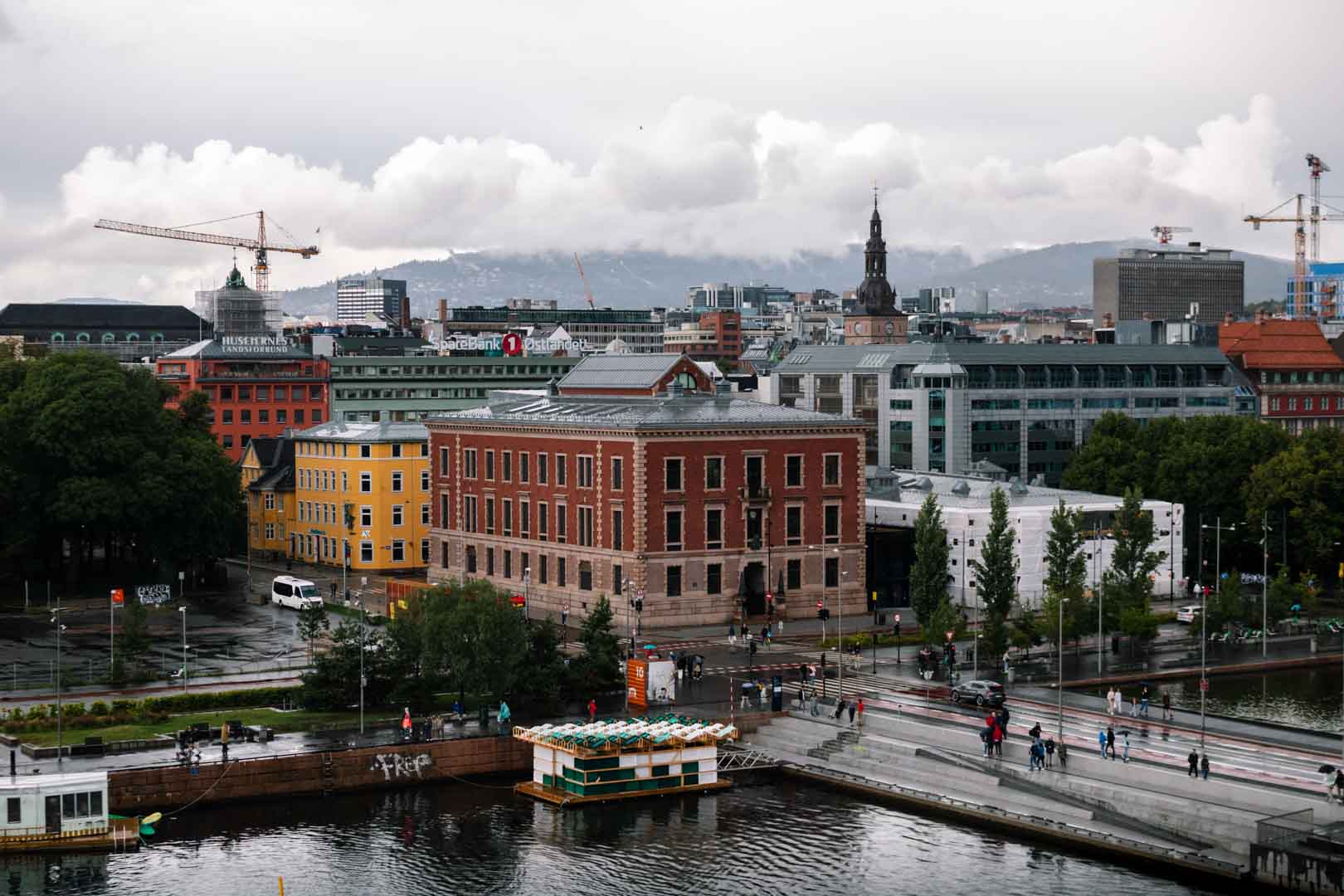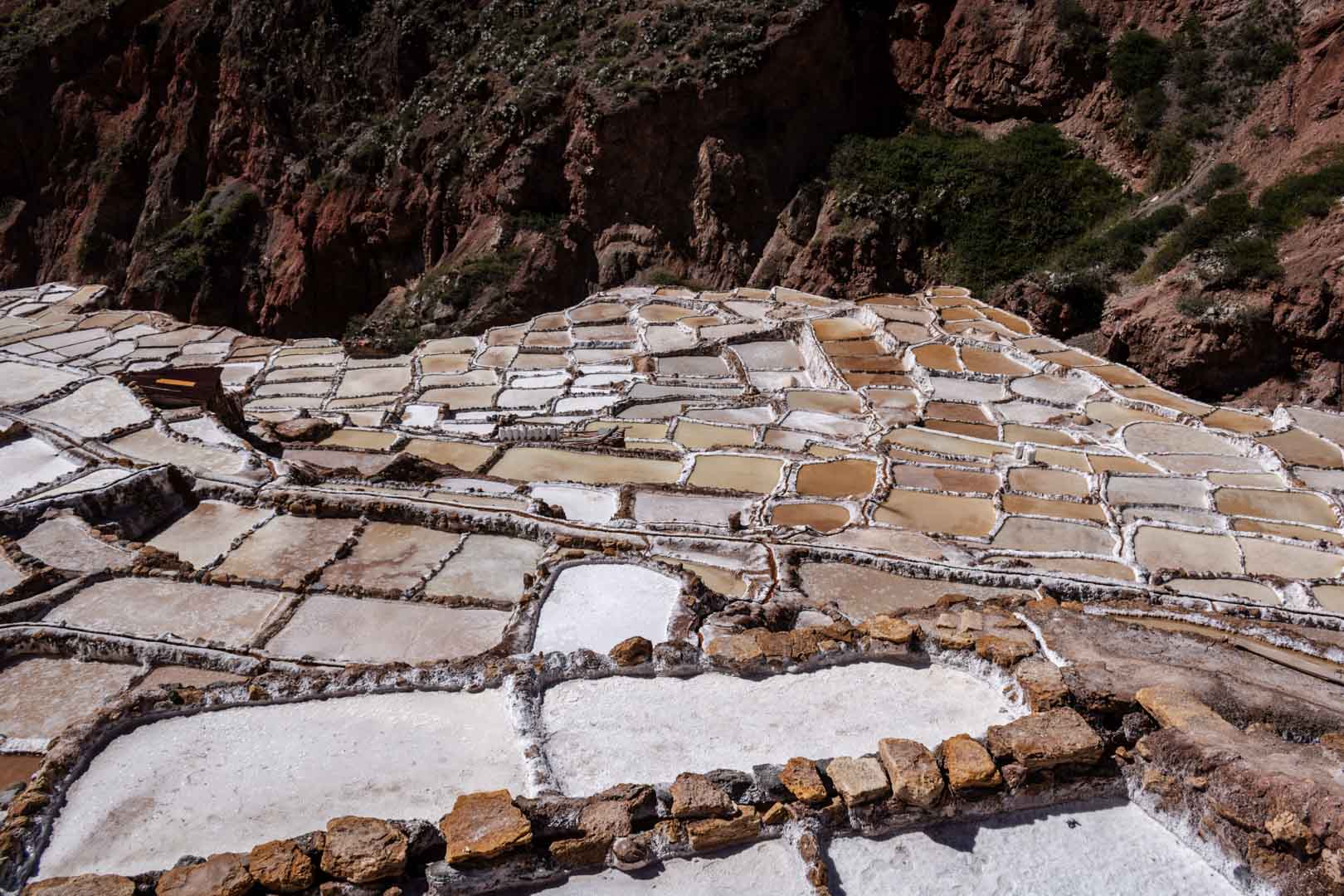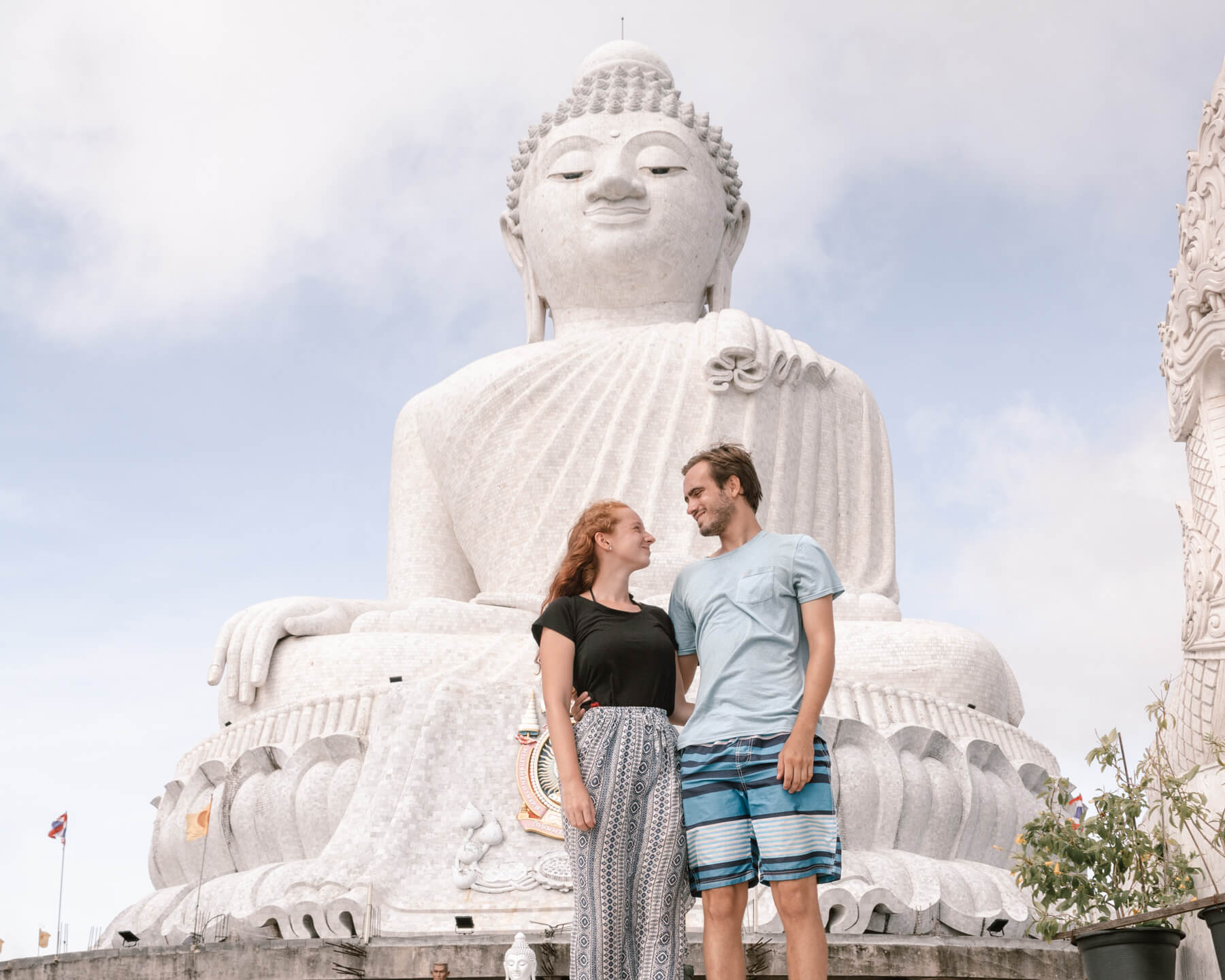3 Days In Oslo: The Ultimate Oslo Itinerary
Last Updated: August 31 2024
If you want to spend 3 days in Oslo, the capital city of Norway, you’ve come to the right place! We recently visited Oslo and quickly fell in love with everything about this amazing city.
From the historic architecture and Oslofjord to the popular shopping districts and bustling street food markets, this destination stole our hearts. Today, we want to share everything we know about Oslo so that you can plan the perfect trip!
Oslo is regarded as one of the most expensive cities in Europe, so in this itinerary, we’re going to show you how to spend 3 days in the city without spending a fortune. We’ll show you the very best things to do, how to get around, how to eat on a budget, and so on!
Let’s get started…
Some posts on this site contain affiliate links. If you buy or book something through these links, we earn a small commission, but at no extra cost to you! If you want to learn more, you can take a look at our privacy policy!
The Cheapest Way to See Oslo’s Top Sights

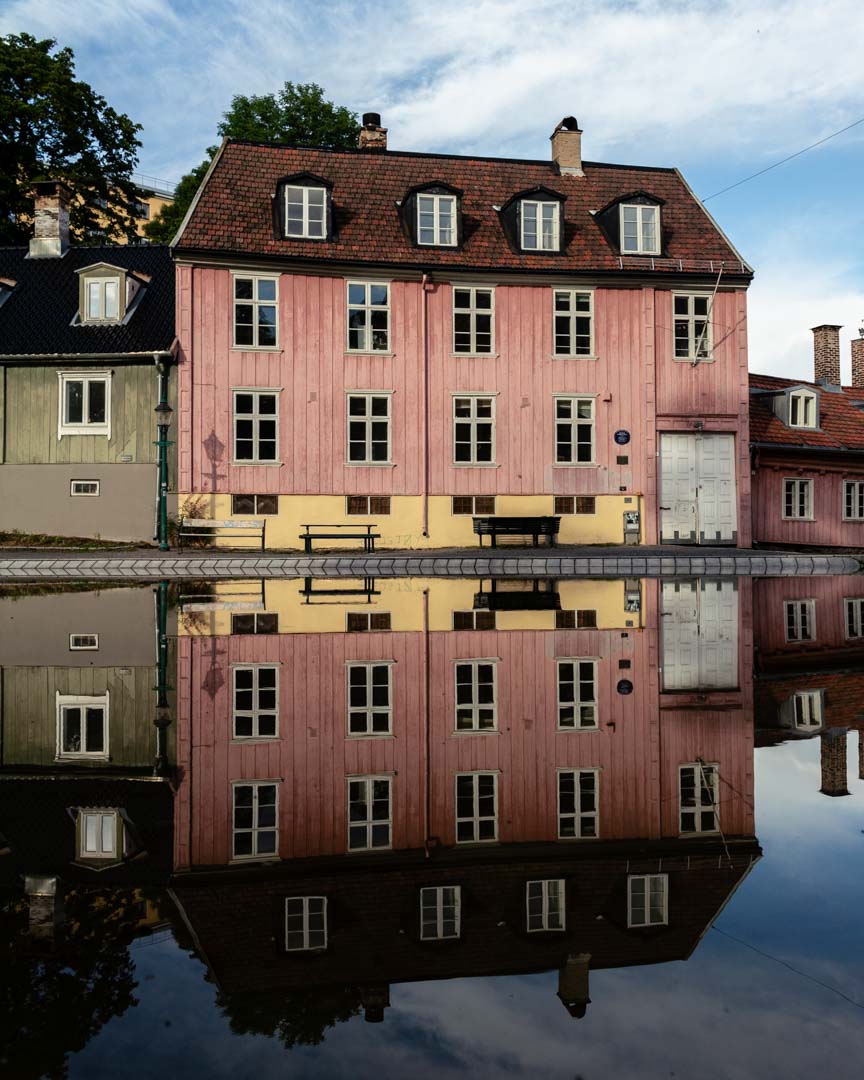
If you’re spending 3 days in Oslo, then you’ll likely part with a fair amount of cash. It’s an expensive city for sure, and there’s plenty to do. As such, you’ll be spending a lot on attractions as well as food and accommodation. Not to worry though, there’s a solution!
We’d recommend checking out the Oslo Pass to save your hard-earned cash. With this pass, you’ll have unlimited free public transport and free entry to 30 different attractions and museums.
Some of the attractions that are free with this pass include the Fram Museum, the Munch Museum, and the Kon-Tiki Museum (all of which are discussed in this guide). Not to mention, you’ll get discounts on other attractions, restaurants, shops, and entertainment venues.
You can purchase the pass online or at several locations within the city, and there are three different options available; 24 hours, 48 hours, and 72 hours.
A Quick Overview of Your 3-Day Oslo Itinerary
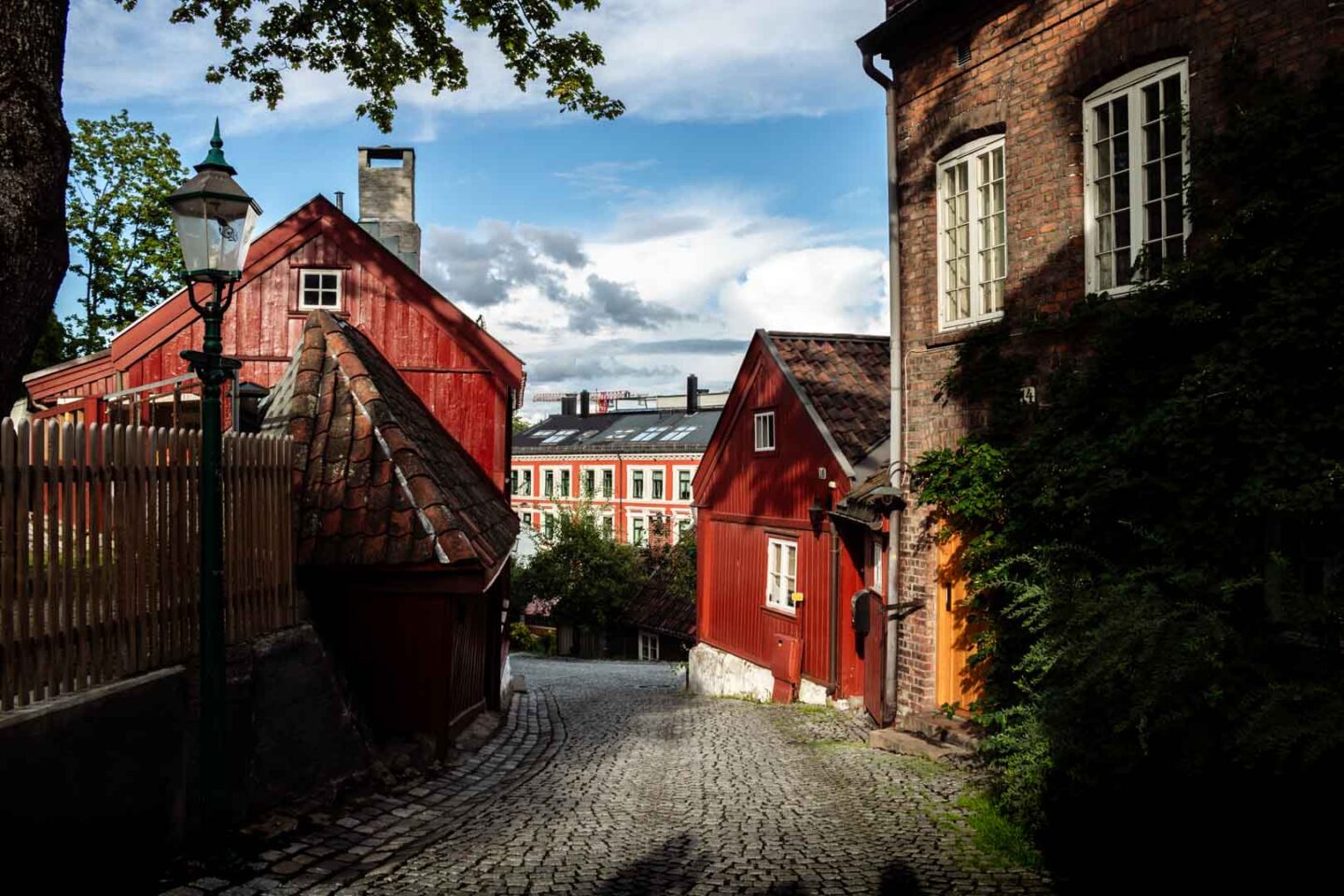
Day 1:
The Fram Museum, The Kon-Tiki Museum, The Norwegian Museum of Cultural History, Frognerparken, Vigeland Sculpture Park, Eat at Oslo Street Food
Day 2:
Oslo Fjord Tour, The Royal Palace, Akershus Fortress, The Munch Museum, Oslo Opera House, Eat at Barcode Street Food
Day 3:
Explore the Oslo archipelago, Visit one of Oslo’s Pubs
*We also would have included the Viking Ship Museum in this itinerary but it’s shut until 2025/2026.
Your 3 Days in Oslo: Day One
The first day of this Oslo itinerary allows you to explore some of the most famous and iconic sights in the city. So be prepared for a busy day packed with history and tasty street food. You’ll spend most of the day in Bygdøy, which is best known for its lush scenery, walking trails, and museums!
The Fram Museum
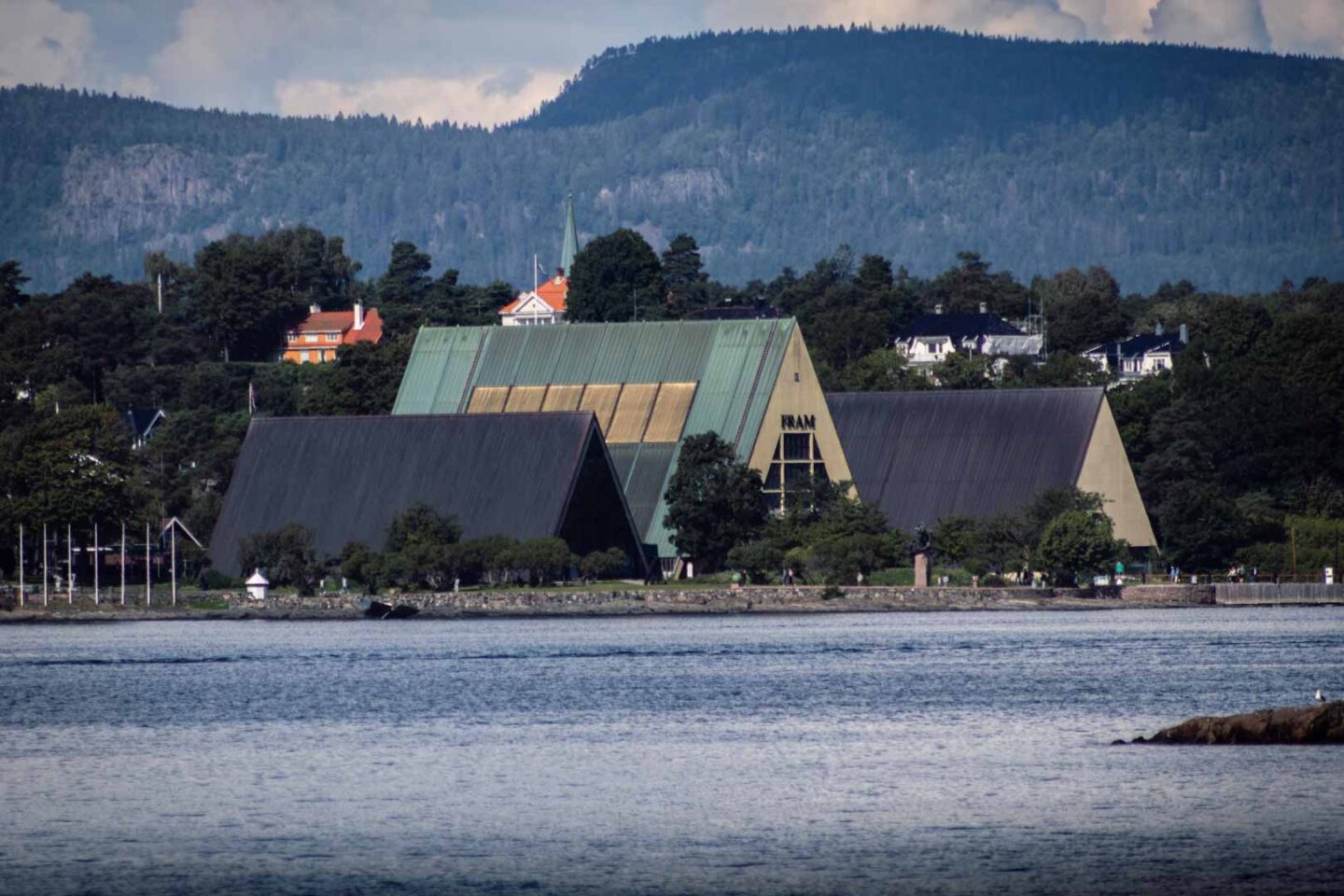
The first stop on your 3 days in Oslo should be the Fram Museum. This world-famous museum tells the story of Norwegian polar exploration, which we must say, is incredibly interesting!
Aside from detailing Norway’s impressive polar expeditions, this museum displays exhibitions from some of the most famous voyages in the world. Open every day of the year from 9:30 am until 6 pm, the Museum’s centrepiece is the strongest wooden ship in the world – the Fram.
First launched in 1892, the Fram was used in Arctic and Antarctic expeditions for almost 20 years by famous Norwegian explorers such as Otto Sverdrup, Roald Amundsen, and Fridtjof Nansen. Today, visitors can climb aboard the ship, explore the cabins, and walk through the engine room – pretty cool huh?
It costs adults around £10.40 (140 NOK) and children £3.70 (50 NOK) to enter the museum. Alternatively, you can enter for free with an Oslo Pass.
The Kon-Tiki Museum
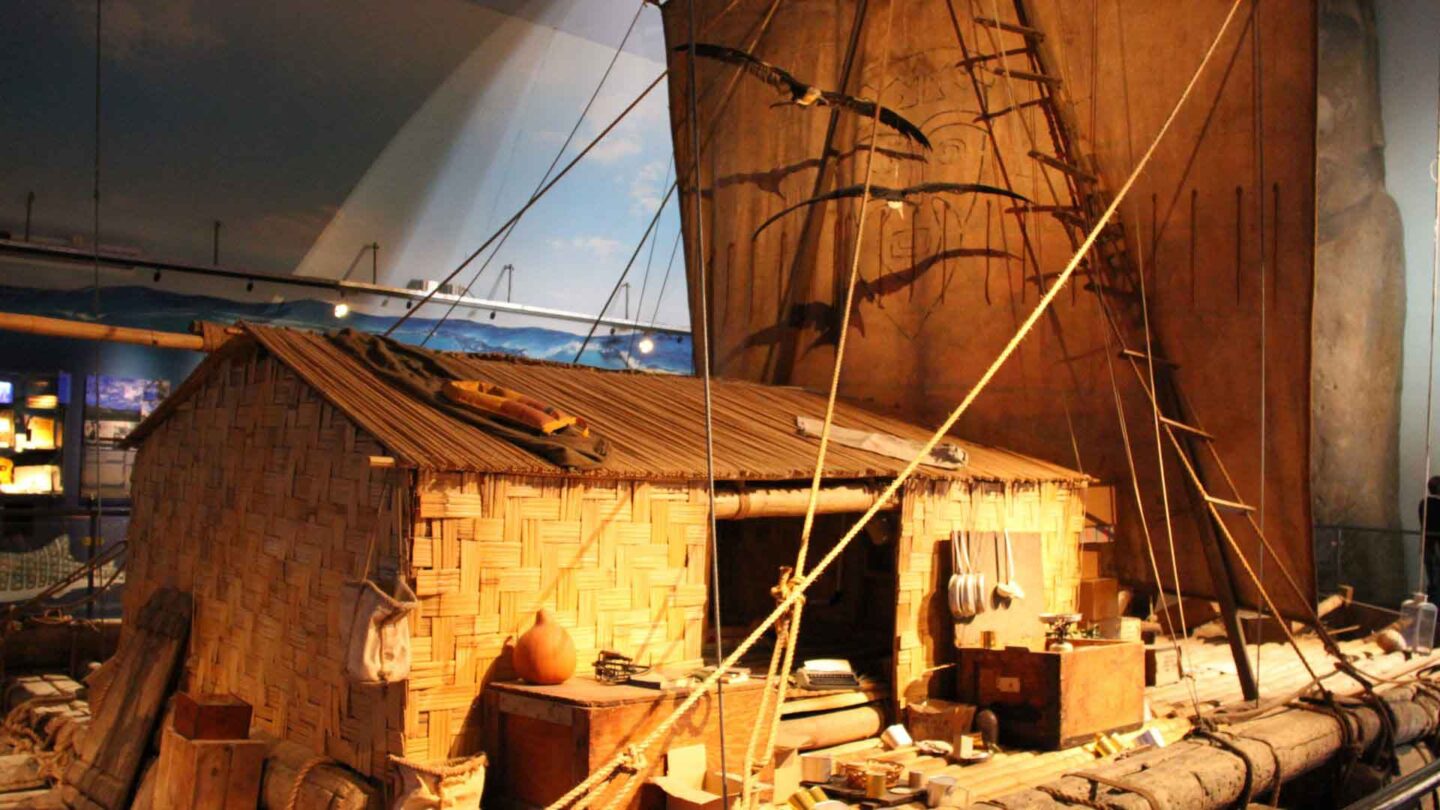
The Kon-Tiki Museum is just a 1-minute walk from the Fram Museum, so you should visit both places in one day. This museum isn’t too different from the Fram Museum, but it’s still well worth visiting, especially if you love maritime history!
The Kon-Tiki Museum is home to vessels and maps from the Kon-Tiki expedition. This expedition saw Norwegian writer and explorer Thor Heyerdahl journey across the Pacific Ocean from South America to the Polynesian Islands on a raft.
Inside, you’ll find a wide range of interesting artefacts and a library that contains more than 8,000 books. However, the main attraction here has to be the old wooden Kon-Tiki raft that Heyerdahl used to sail across the Pacific.
Named after the Inca God Viracocha, the Kon-Tiki is a spectacular sight. You’ll be left wondering how on earth Heyerdahl travelled so far on a vessel that looks so fragile. We certainly were!
The Norwegian Museum of Cultural History
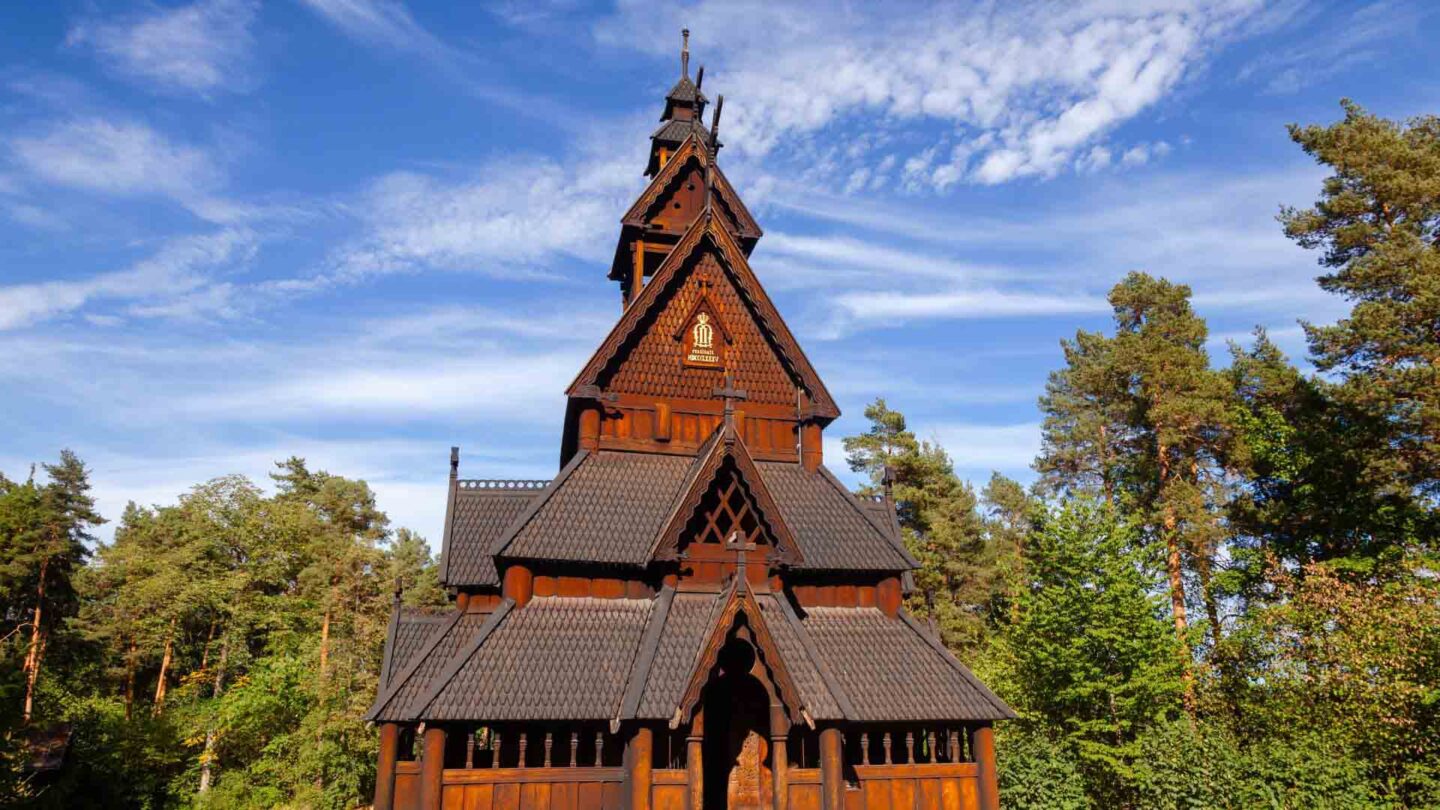
Another attraction you can visit on the Bygdøy Peninsula is the Norwegian Museum of Cultural History, which is a 20-minute walk from the Fram Museum. This fascinating museum houses exhibitions that focus on Norway’s history from the 1500s to the present day.
Some of the indoor exhibitions display Norwegian folk costumes, church art, and folk art, while the Open Air Museum takes visitors through an Old Town, complete with traditional Norwegian architecture. The Old Town features buildings from when Oslo was called Christiania!
The Timescape exhibition is well worth a look too, because it gives visitors an insight into the city’s history from 1600 to 1914. It’s worth noting that an audio guide for most exhibitions is available upon request.
The Norwegian Museum of Cultural History also hosts weekly events, so check the website before your visit. The museum is usually open between 10 am and 5 pm.
Frognerparken
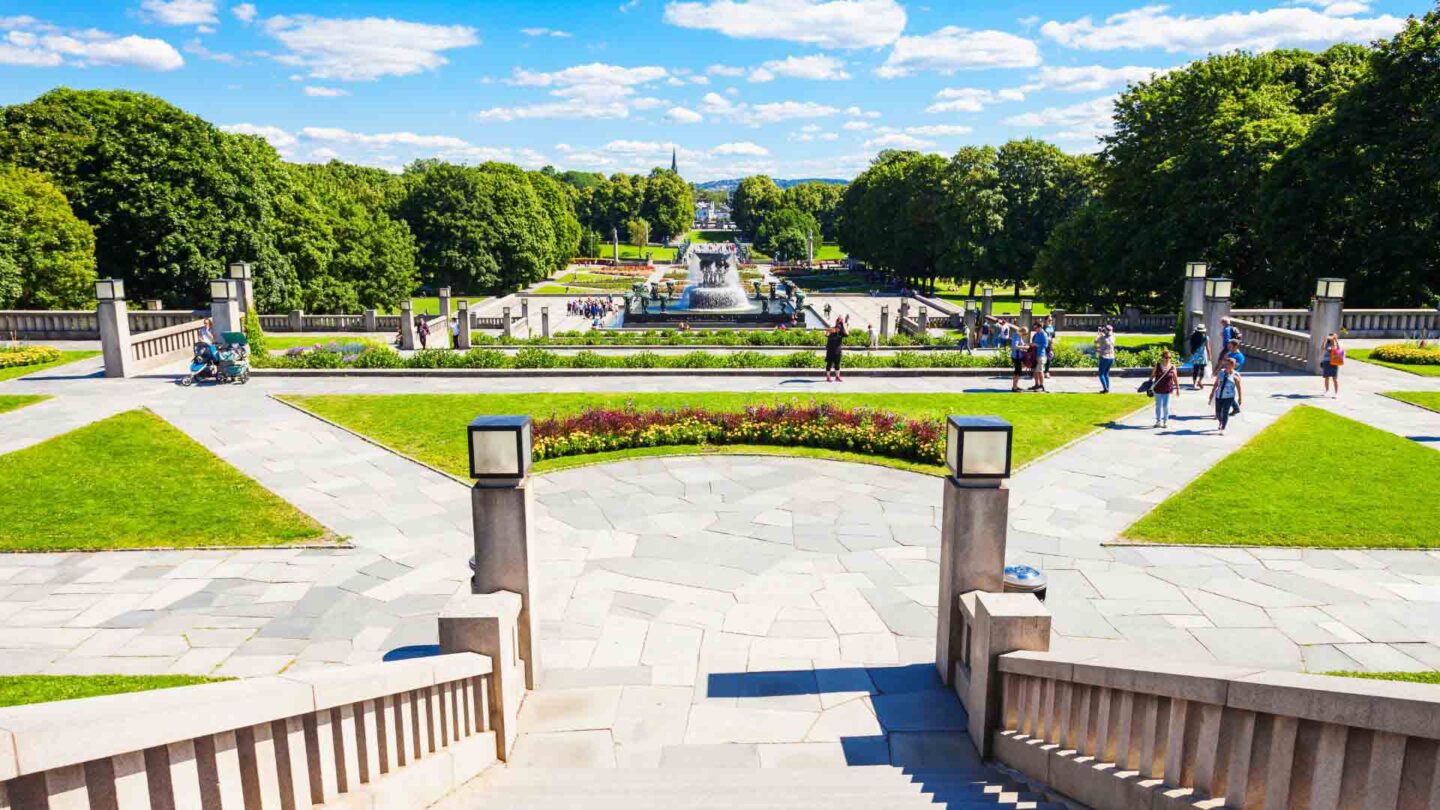
We love how green Oslo is! Honestly, there are lots of lush parks to visit if you want to escape the hustle and bustle of the city.
One of the best is Frognerparken, so make sure you stop by when visiting Oslo. Frogner Park is a public park that you can reach in less than 20 minutes from the Fram Museum via tram.
Home to a huge range of attractions, large lawns, and 14,000 plants, you could easily spend a couple of hours walking around the park. However, we can’t say we’d blame you if you just spent an hour watching the world go by!
We recommend looking for the Manor House and the Henriette Wegner Pavilion. If you explore Frogner Manor, you will find the Oslo Museum, which first opened in 1902. Here, you can learn a great deal about Oslo’s history and culture, and admire the impressive architecture.
Vigeland Sculpture Park
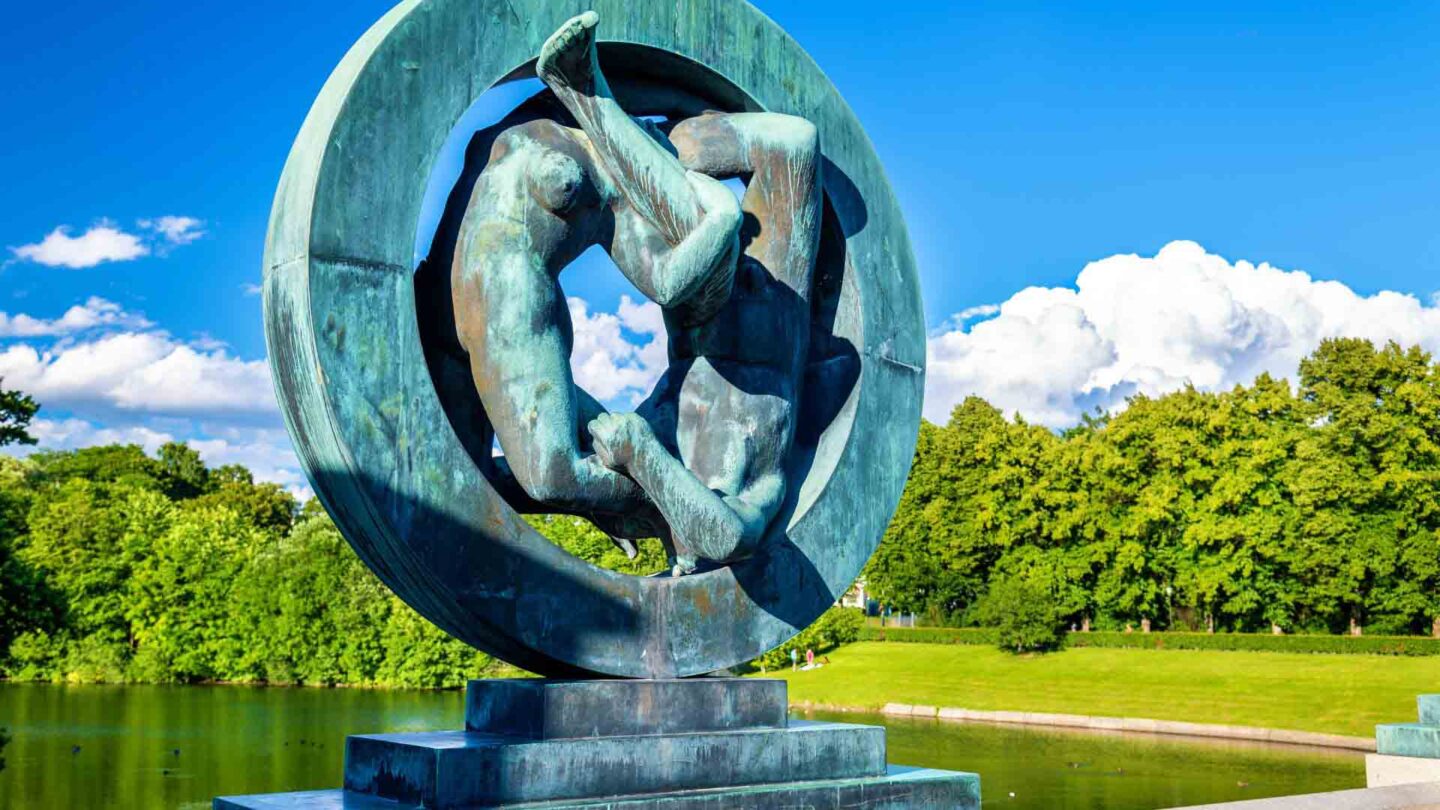
Next up is Vigeland Sculpture Park, which can be found in Frognerparken. Vigeland Sculpture Park is a popular attraction that displays the work of the famous Norwegian sculptor Gustav Vigeland.
Vigeland was born in 1869 and he died in 1943. During his life, he made a name for himself by creating sculptures from cast iron, granite, and bronze. He was responsible for the architectural layout and design of the park, which is now home to more than 200 of his sculptures!
Most of his sculptures depict people. However, the most popular are arguably the Monolith and the Wheel of Life. We found both of these sculptures to be very impressive.
Other popular sculptures found in the park include the Angry Boy, the Clamouring Babies, and the Ring. Most of the sculptures are quite strange, but the park is very intriguing. Free to the public, the park is open 24/7.
Eat at Oslo Street Food
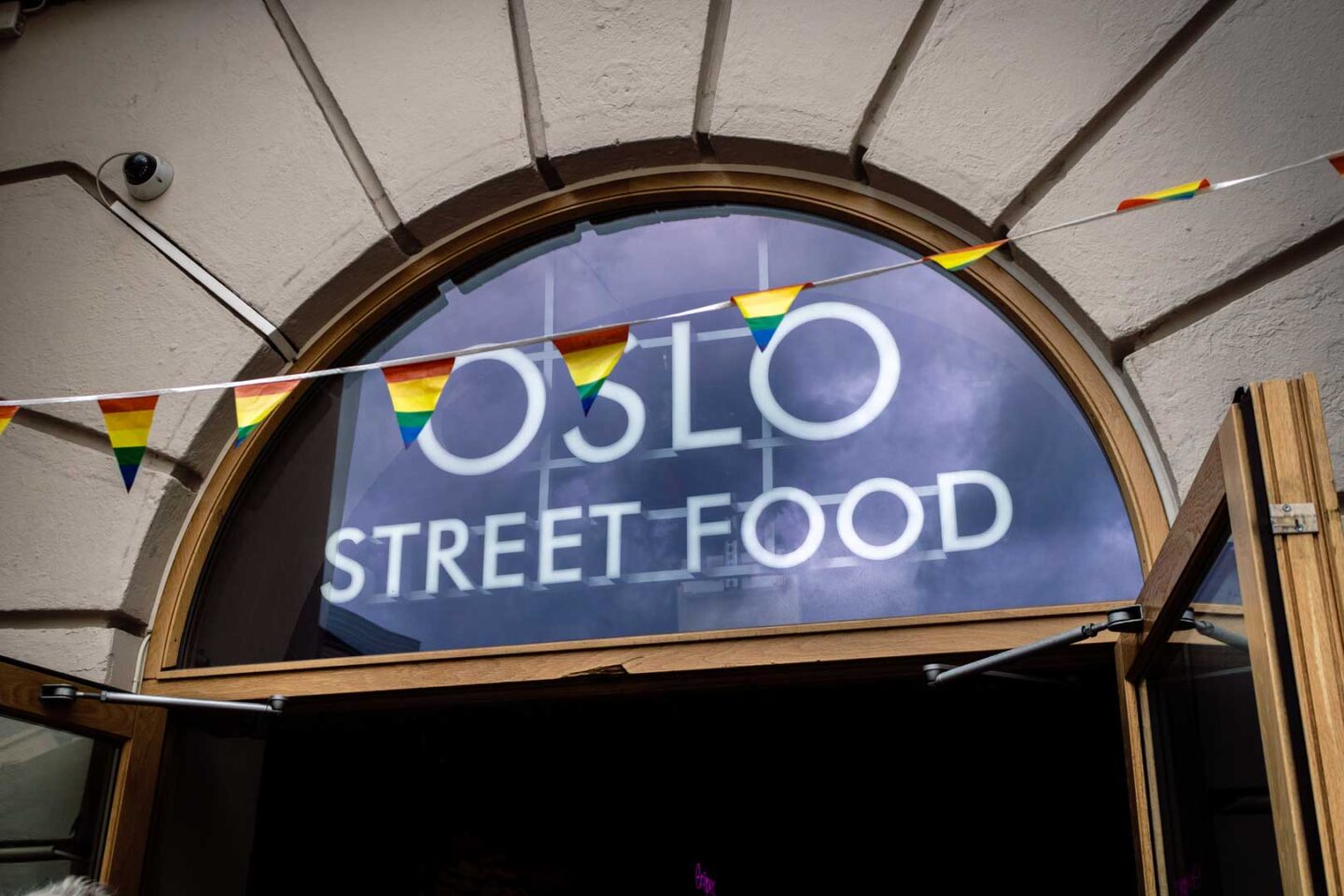
During your 3 days in Oslo, you’re going to eat some of the best food you’ve ever had. To keep costs down, we picked up pastries and sandwiches from bakeries and chose to eat at street food markets, where food is much more affordable!
One of the best street food markets in the city is Oslo Street Food. Found less than 10 minutes away from Oslo Cathedral, this lively street market is packed with tasty options from around the world.
There are food stalls serving Japanese, Korean, Thai, Indian, American, and even Hawaiian food. As you would expect, there are also stalls serving traditional Norwegian dishes too!
We highly recommend spending a few hours having a drink and a bite to eat at this food market, at least once during your time in the city. We particularly liked the Norwegian bread bowls with a hotpot filling.
Your 3 Days in Oslo: Day Two
On day two of this Oslo itinerary, you’ll spend a couple of hours exploring the Oslofjord on a sailing ship tour, before checking out more of the most popular attractions in the city. Oh, and you’ll get to finish the day at another delicious street food market!
Oslo Fjord Tour
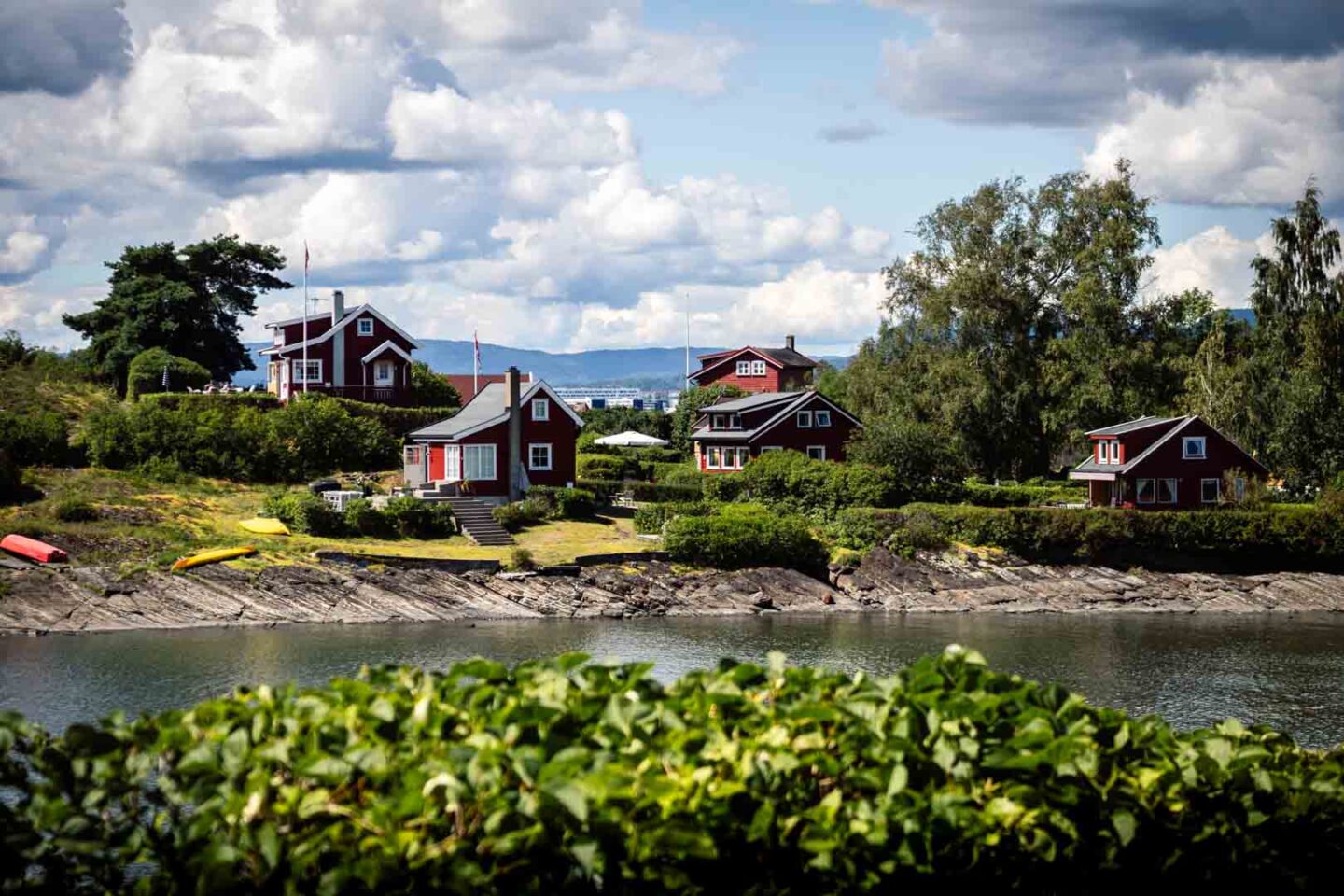
A weekend in Oslo isn’t complete without a trip to the Oslofjord, which is easily our favourite part of the city. The Oslofjord is a large inlet in southeast Norway that’s dotted with vibrant islands, small villages, and beautiful flora and fauna!
You can visit the fjord on your own by jumping on one of the many ferries at Rådhusbrygge 1 (City Hall Pier 1) and Aker Brygge, or you can book a tour. We did both because we had enough time but if you want the most convenient option, you should book a tour.
We chose this Oslo Fjord Sightseeing Cruise and it was epic! Travelling on an authentic sailing ship, we cruised past the fjord’s most iconic islands and historical landmarks.
Highlights included Heggholmen, Heggholmen Lighthouse, Akershus Fortress, and Nakholmen. What makes this tour even better is the audio commentary (that tells you about the fjords) and the onboard refreshments.
Check out our guide to the best fjord tours from Oslo if you don’t fancy that one!
The Royal Palace
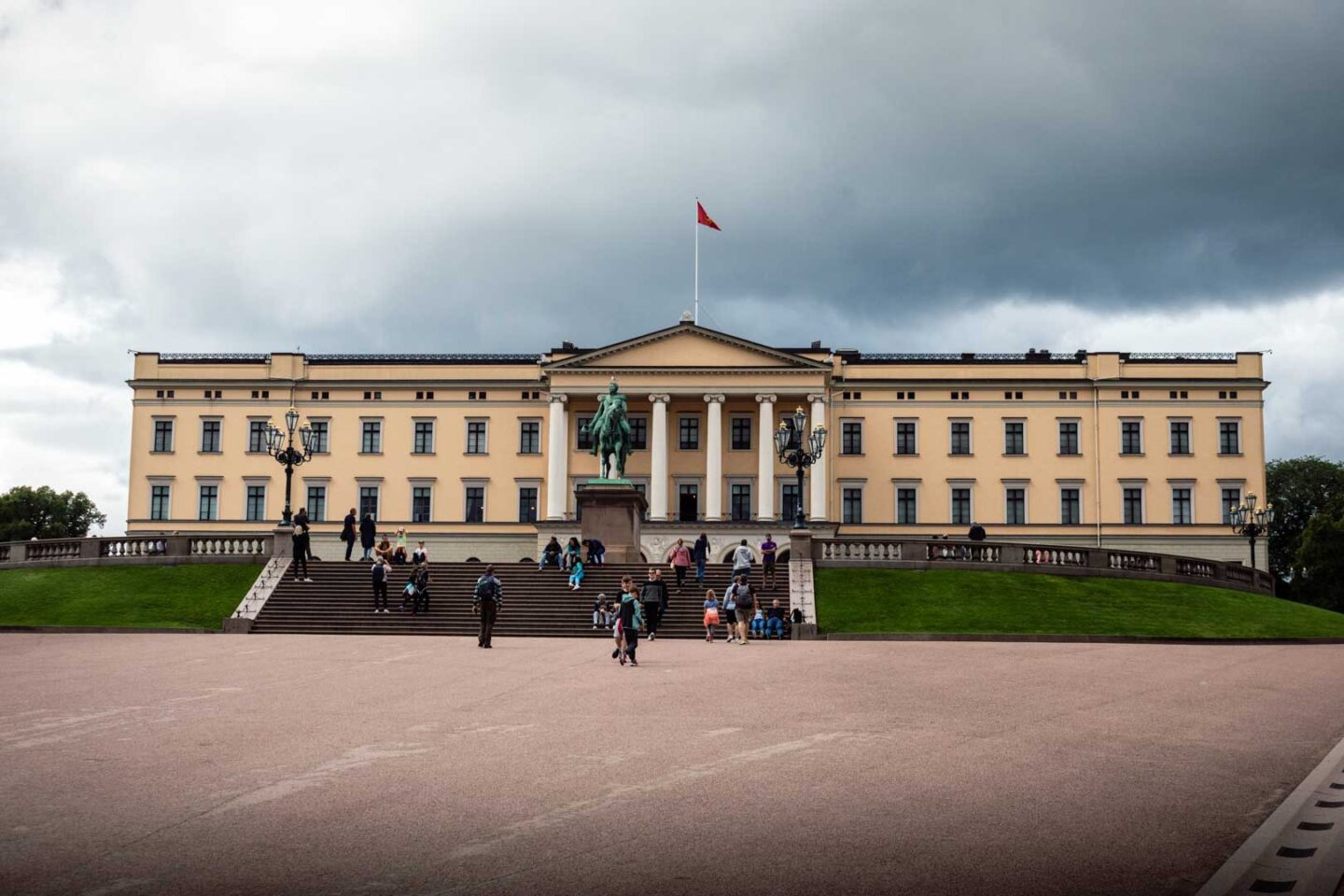
Originally built for Norway’s French-born king, Oslo’s Royal Palace is now the official residence of King Harald V and Queen Sonja. It was built in the first half of the 19th century and has a neo-classical style design!
You can find the Royal Palace near Karl Johans Gate in the city centre. What we love most about this place is Palace Park. Of course, the palace looks incredible, but the park that surrounds it is what we enjoyed exploring most.
We can highly recommend spending some time walking around the lush gardens around the palace before heading to the Palace Square, which you can find at the front. The square offers the best views of the palace, but it can get quite busy!
If you arrive early in the morning, you’ll have a much more pleasant experience and you won’t struggle to find a quiet photo spot.
Akershus Fortress

Akershus Fortress is one of the most famous landmarks in Oslo, so you definitely don’t want to miss it. Construction of this impressive castle and fortress began in 1299 during the rule of King Håkon V and it wasn’t completed until the 1300s.
Sitting along the shores at the end of the city’s headland, Akershus Fortress was once a strategic location. Today, it dominates the city skyline and welcomes thousands of visitors every year!
Visiting Akershus Fortress is probably one of the best things to do in Oslo, Norway during the summer because guided tours run every day. On a guided tour, you’ll walk around the grounds, explore the corridors, and learn everything about its history.
If you time your visit right, you might even be able to watch one of the concerts and holiday celebrations that take place too. The fortress is open from 6 am to 9 pm every day.
The Munch Museum

The next location on this Oslo itinerary is the Munch Museum, which is a 20-minute walk from Akershus Fortress. Alternatively, you can reach the museum by tram. However, you’ll only get there 5 minutes quicker!
The Munch Museum is one of the newest museums in Oslo, opening in October 2021. If you love art, it’s the perfect place to visit in the city as it’s home to the life’s work of world-famous artist Edvard Munch.
For those of you who don’t know who Munch is, he’s the man behind the Scream, which can actually be found in the National Museum. Edvard Munch died in 1944, but not before giving his possessions to the city of Oslo!
Inside the museum, you’ll find a huge collection of Munch’s work and other interesting art exhibitions. Munch Museum tickets cost £12 (160 NOK) for adults and £7.50 (100 NOK) for children.
Oslo Opera House
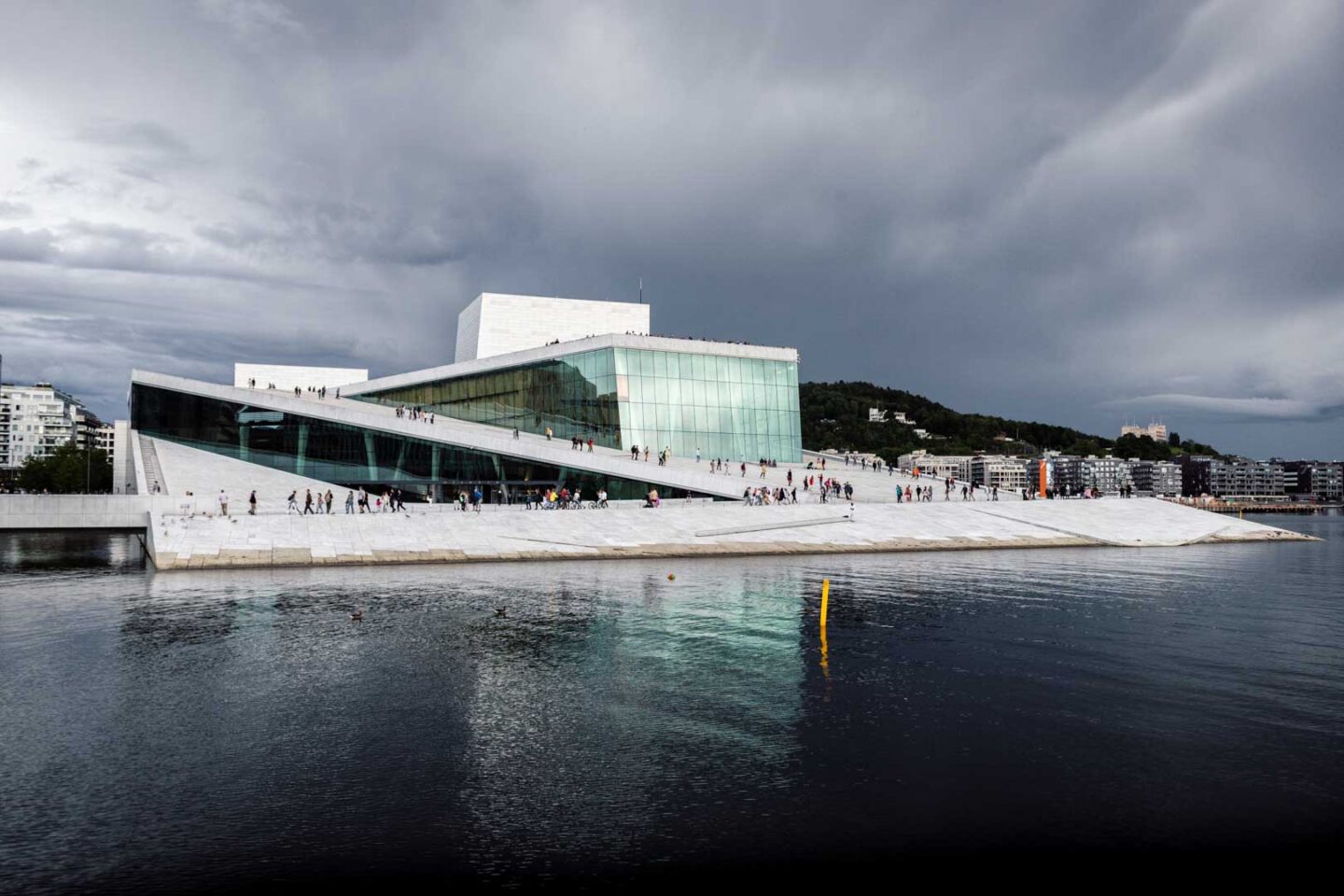
If you’re looking for the best views in the city, Oslo Opera House is well worth a visit. Of course, it’s also a great place to go if you want to watch a performance or show.
Situated in the Bjørvika neighbourhood, the Opera House is home to Norway’s National Opera and Ballet, but most tourists visit for the views from the rooftop. The 1,100-room structure features a unique angled exterior made from Italian marble and white granite.
The Opera House itself looks spectacular but the views from the roof are unparalleled! You can access the roof via a staircase that runs up both sides. Hold onto the handrail though because it can be quite slippery, especially if it’s been raining.
From the top, you can expect impressive views of the city and its wonderful architecture. Key things to look out for include the floating saunas, the fjords, and the ‘She Lies’ iceberg sculpture.
Eat at Barcode Street Food
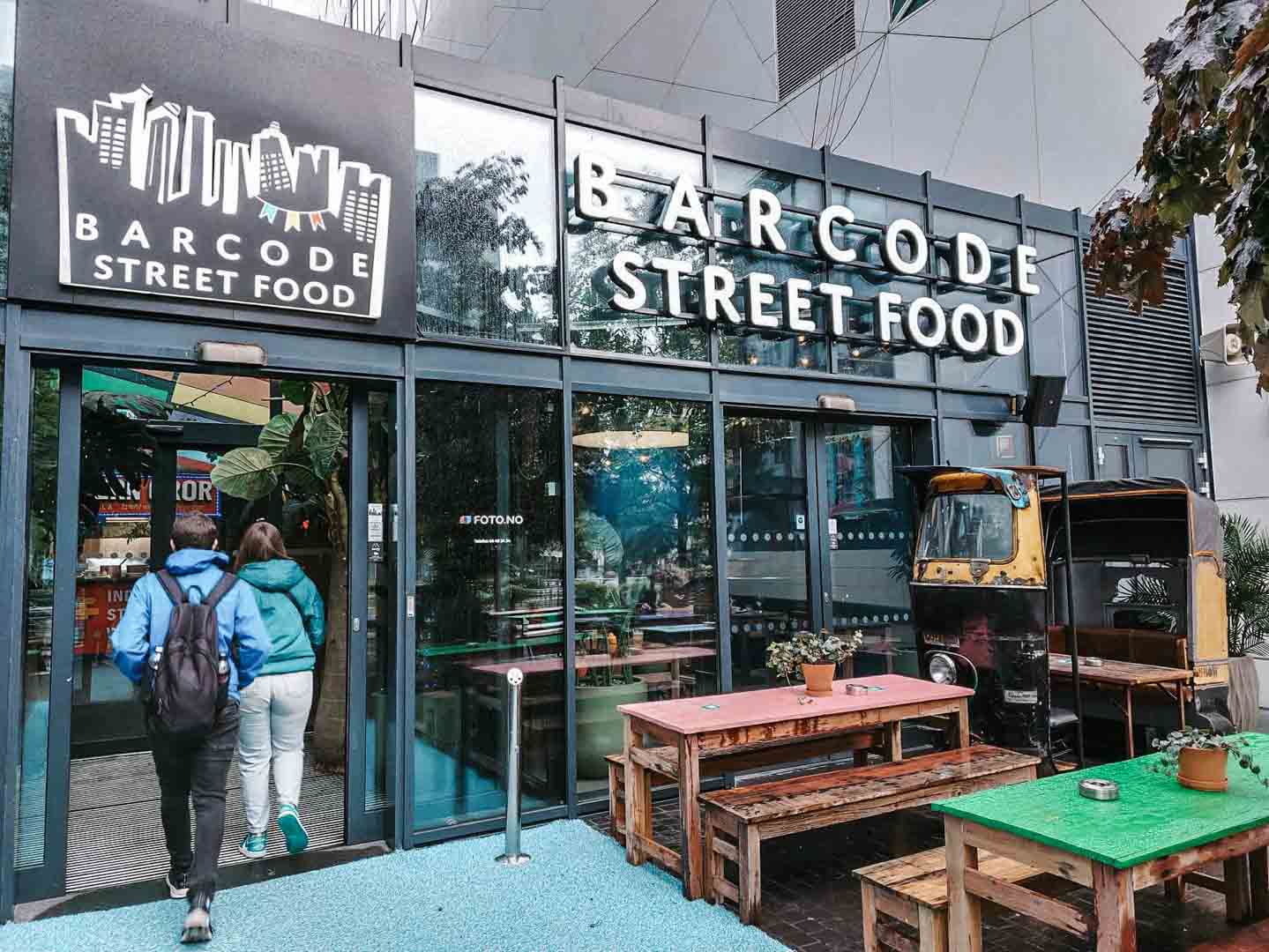
Day two of your 3 days in Oslo should end at Barcode Street Food, where you’ll find 14 stalls serving cuisines from around the world. Although Oslo Street Food was good, we enjoyed our time at Barcode even more!
This was mainly because it was cosier and offered better vibes. The food stalls here serve Mexican, Indian, Korean, Indonesian, Vegan, Norwegian food, and so on…
We ate at Dirty Vegan and it was absolutely immense. We can’t recommend it enough, especially the chicken-loaded fries!
One thing we need to mention about the street food markets in Oslo is how easy it is to order! After having a look at the different options you can simply order your food from Favrit.
The QR code at your table will take you to Favrit (which is a website). All you have to do then is place an order and pick up your food when you get a notification!
Your 3 Days in Oslo: Day Three
If you decide to stick to our Oslo itinerary, you’ll spend your last day in the city exploring the Oslofjord. While a sailing trip to the fjords allows you to see the main highlights, nothing beats exploring the region on your own!
Explore the Oslofjord
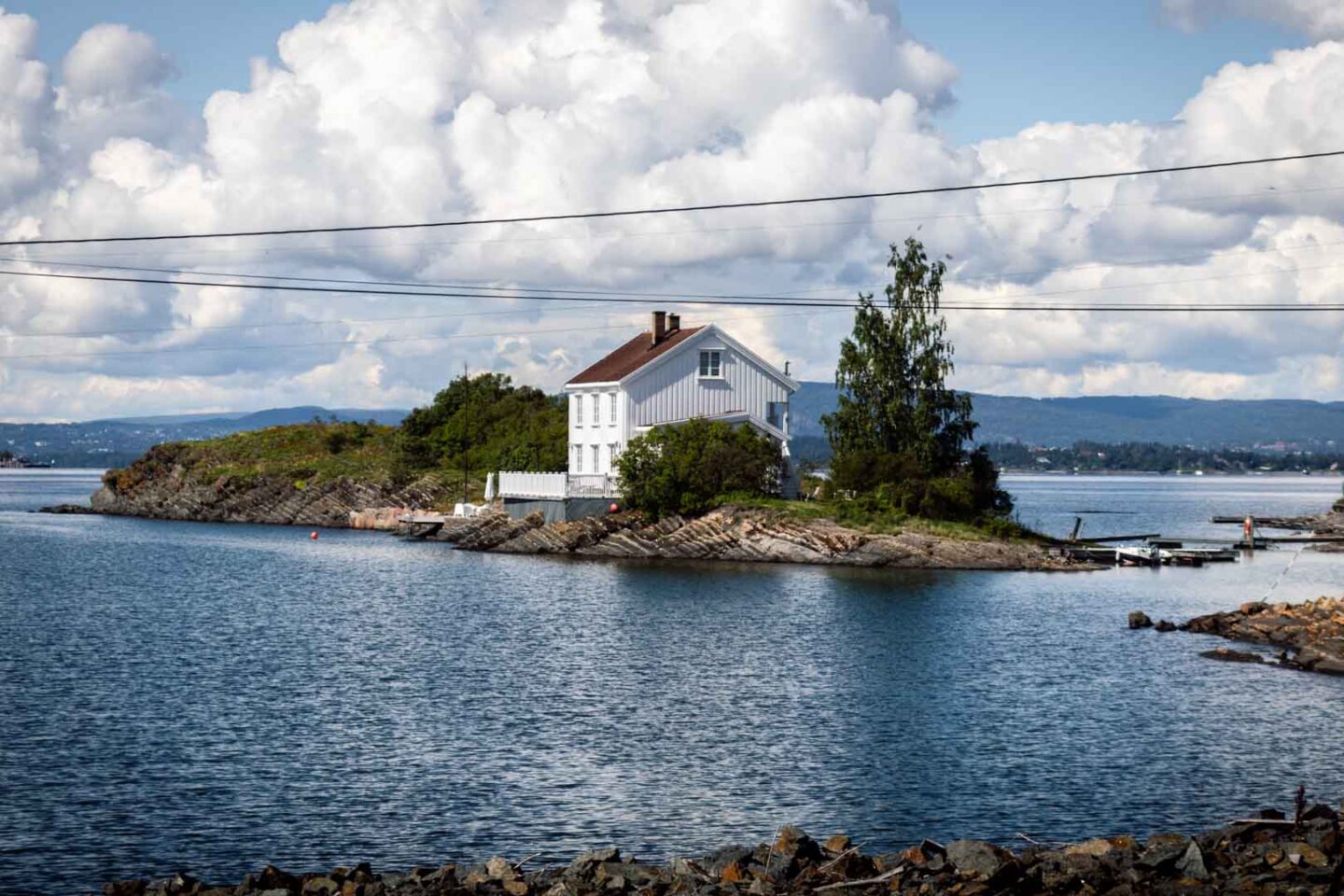
Although you can visit the Oslofjord on a tour, we also strongly recommend leaving a whole day free in your Oslo 3-day itinerary to explore the islands in more depth. We did, and it was absolutely fantastic!
The Oslofjord is made up of multiple islands, so you can’t visit them all on a two-hour tour. However, you can visit most of them if you spend the day island-hopping.
On almost every island you visit, you can expect to find picturesque hiking trails, vibrant Norwegian houses, swimming spots, and historical landmarks.
We advise picking a few islands you definitely want to see first. That way, you can see more of the best locations. Oh, and pack a picnic to enjoy by the sea too!
We visited the most popular islands, including Heggholmen, Hovedøya, Gressholmen, and Nakholmen. Highlights you shouldn’t miss include Heggholmen Lighthouse, Nakholmen village, and the monastery ruins on Hovedøya.
How to get around the Oslofjord
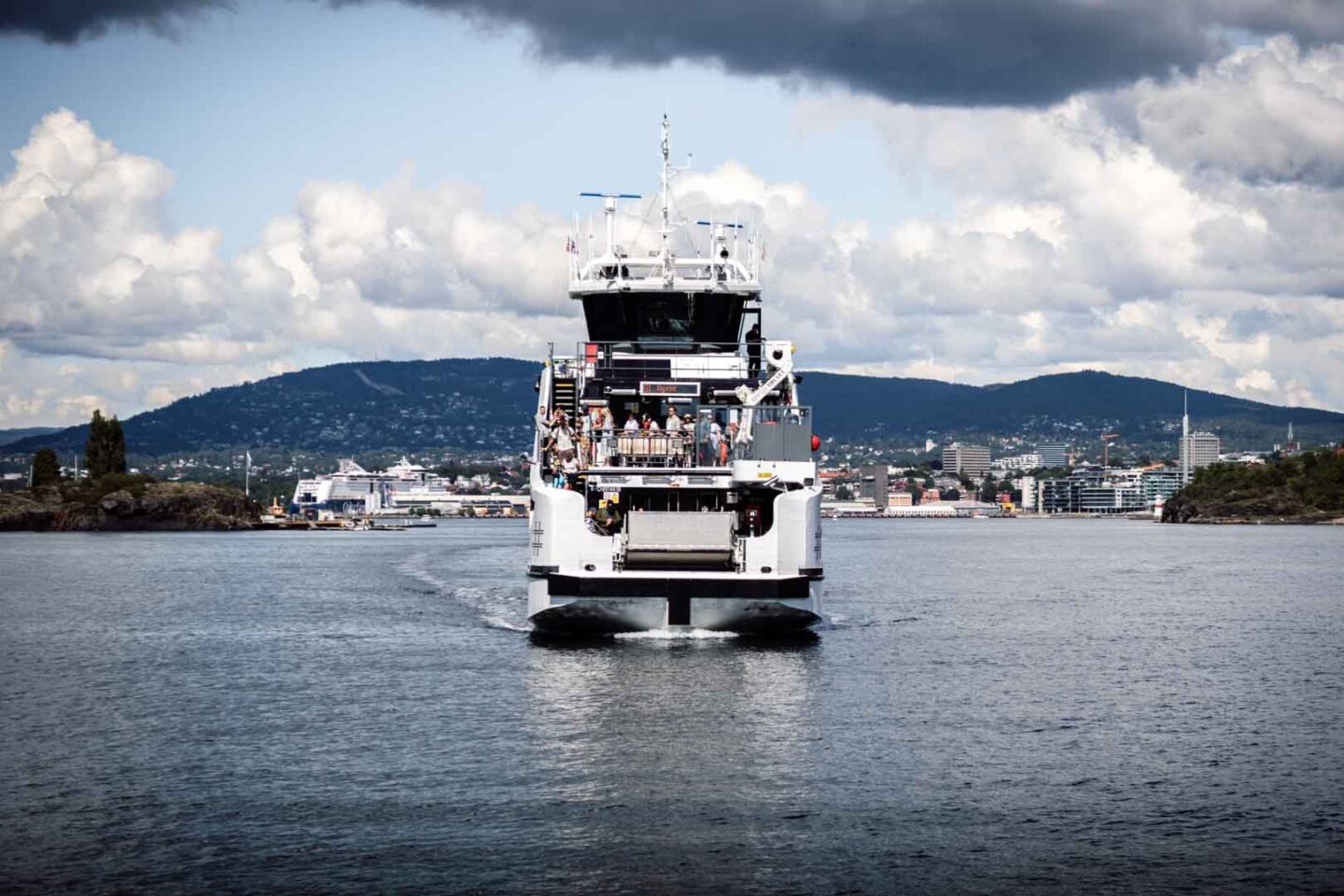
The best way to get around the Oslofjord is by using the ferries that leave Aker Brygge. For less than £9 (125 NOK), you can purchase an all-day ferry ticket from Ruter.
This ferry ticket will allow you to use any ferry service in the Oslofjord, which as you would expect, makes things super easy when it comes to hopping from island to island. We used this ferry pass all day and we never had to wait more than 10 minutes for a ferry!
We found that most ferries travel in a loop. This means you can visit each island by simply getting off the ferry, exploring, and then catching another ferry to the next island.
What’s also handy is that the Ruter app has a neat route planner and map that shows the live locations and times of every ferry in the fjords. It doesn’t get much easier than that!
Visit one of Oslo’s Pubs

After a day exploring the Oslofjord, you’ll likely want to spend the evening relaxing. Although we had a fabulous day wandering around the islands, we certainly were pooped after a full day of hiking, swimming, and sightseeing!
Luckily, there are plenty of awesome pubs in the city where you can grab a drink, listen to some live music, and spend some time reminiscing about the beauty of Oslo’s archipelago.
Here are some of the best options:
- The Dubliner Folk Pub – This quirky establishment is known for its Irish bands, fantastic atmosphere, and delicious food. Make sure you try a Guinness or two during your visit!
- Dr. Jekyll’s Pub – This awesome bar is home to one of the largest whisky selections in Oslo (over 600 bottles in fact). You’ll also find a great selection of cocktails and beers at Dr. Jekyll’s Pub.
- The Scotsman – Arguably one of the most popular pubs (and nightclubs) in Oslo, The Scotsman has a lot to offer. Whether you’re after live music, a quiz, or tasty food, this place has something for everyone.
Helpful Information for Your Oslo Itinerary
How to get to Oslo
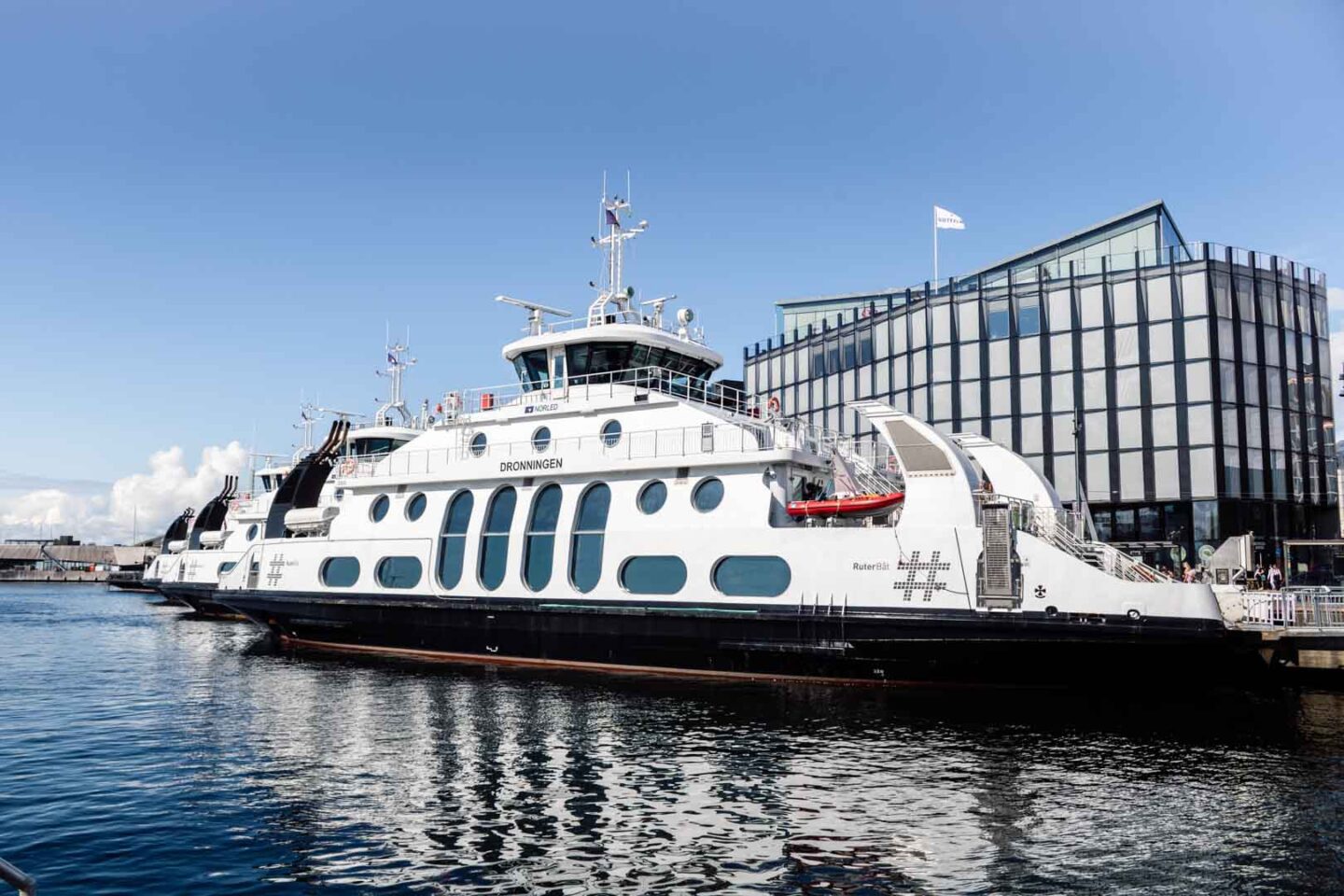
The best way to get to Oslo is by flying. There are currently two airports near the city; Oslo Airport and TORP Sandefjord Airport.
Every airport has convenient transport options such as buses, trains, and taxis. The most affordable way to reach Oslo from one of the airports is by bus!
We landed at Sandefjord Airport Torp which is around 110 km (68 miles from Oslo city centre). From there, we took the Express Bus. It cost us approximately £20 (260 NOK) per person and the journey took roughly 1.5 hours.
What’s great about this service is that it corresponds with most international flights, you can pay when you get on, and the bus stop is at the main entrance/exit.
The closest airport to the city is Oslo Airport which is located around 52 km (32 miles) from the city centre. Transport options are very similar, but you’ll get to Oslo much quicker!
How to get around Oslo
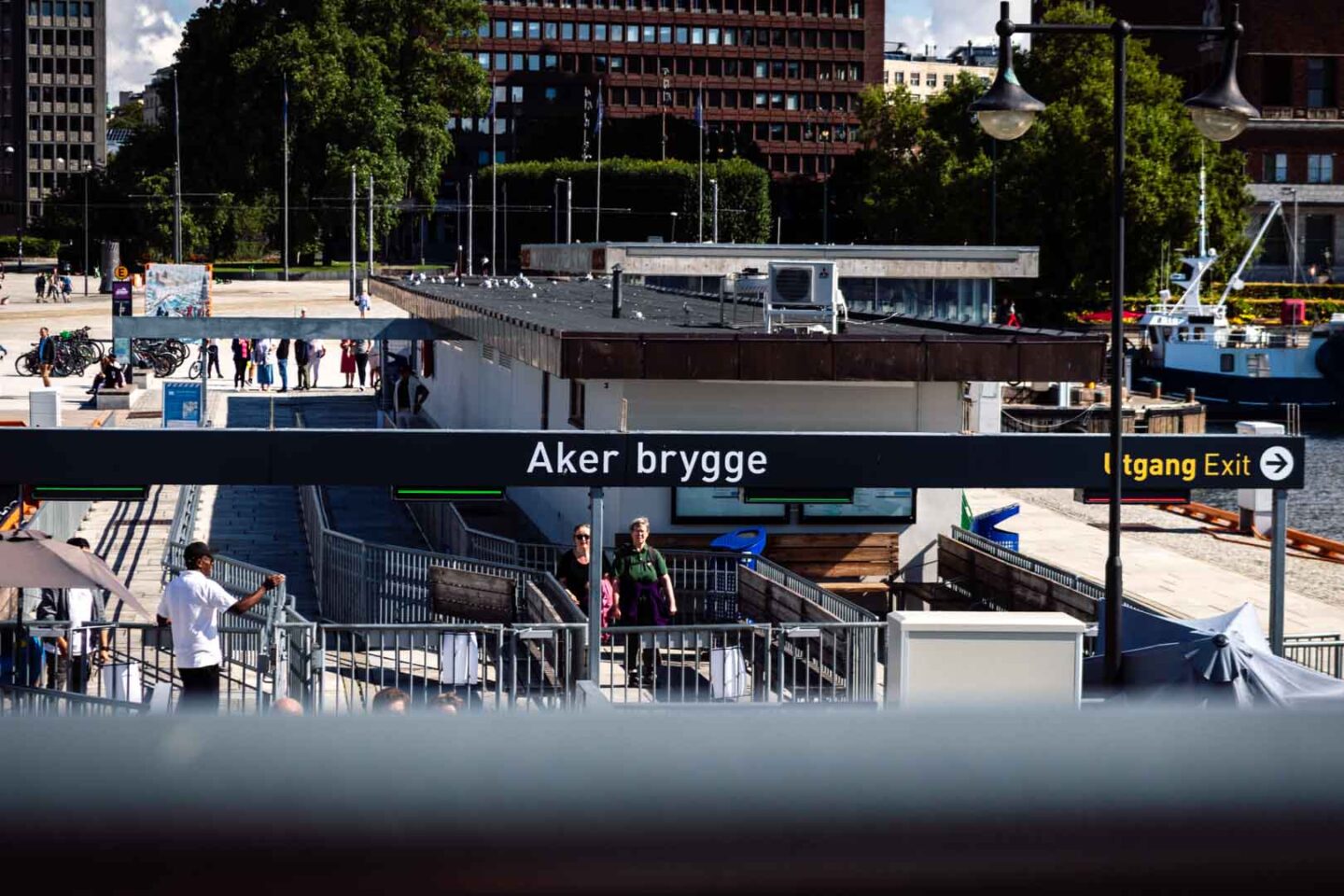
You’ll be pleased to hear that Oslo is a super easy city to get around. There’s a wide range of public transport services on offer and you can reach most of the main attractions on foot.
The quickest way to get around the city is on the metro. The metro covers most of the city and the surrounding area. The tram system is pretty fast and reliable too!
Oslo also has bus services that operate throughout the city, so that’s a good way to get around as well. However, in all honesty, we didn’t use any of them.
We had no trouble walking around the city all day every day. The only time you’ll have to use public transport is when you visit the Oslo Fjords. Then, you’ll have to jump on one of the ferries. The ferries operate regularly from Aker Brygge and travel to the most popular islands!
The best time to visit Oslo
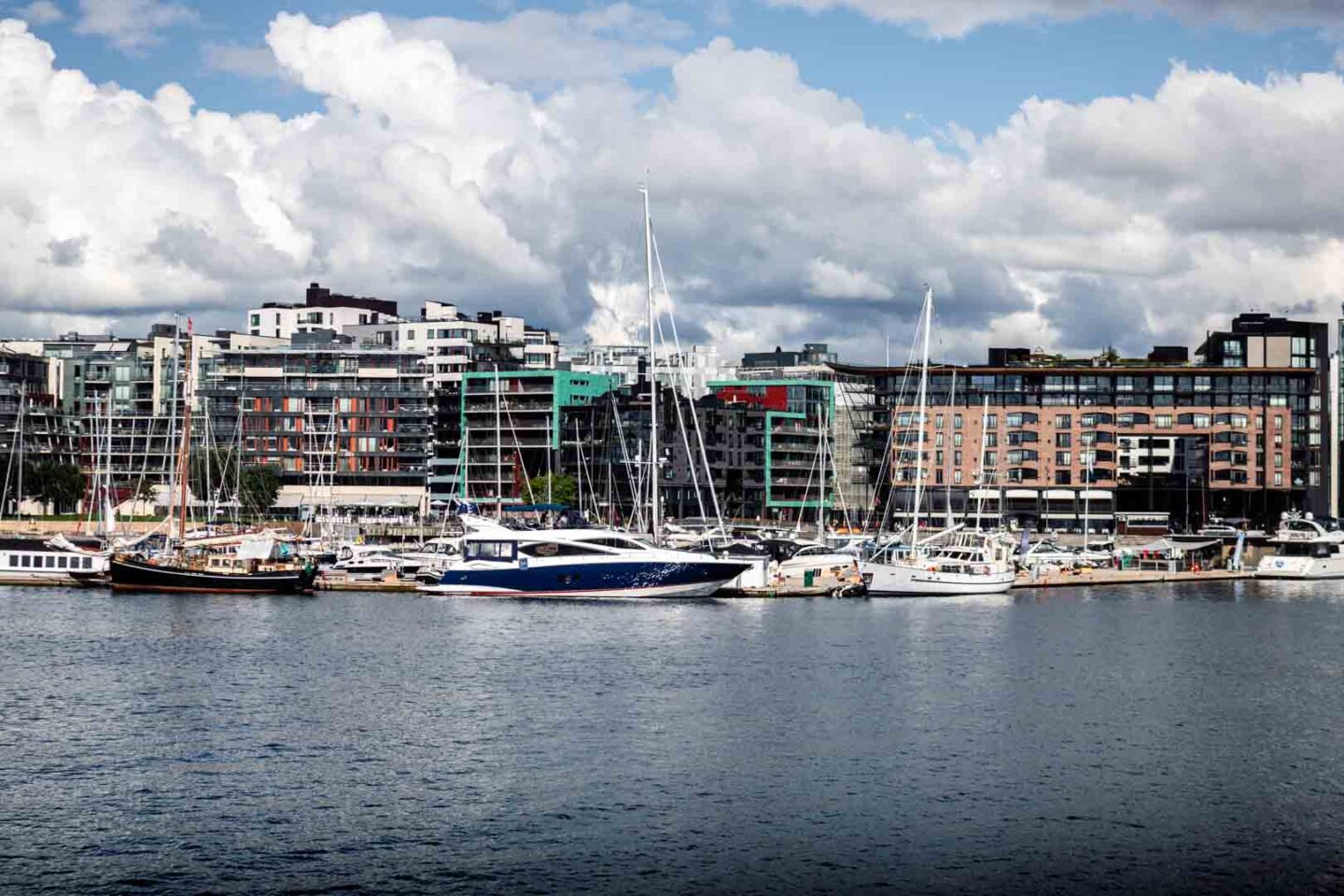
If we’re being totally honest, there isn’t one particular time that’s best to visit Oslo. That’s because there are perks to visiting the city in every season!
For example, winter in Oslo (December to March) might be cold and wet, but it can also be magical because of the snow, Christmas markets, and festive vibes.
However, in the summer (June to August) the weather is much better, so exploring the city is easier and of course, warmer.
Fewer tours are cancelled too (as there’s no ice), and you’ll even have the chance to swim in the sea. However, the summer is the busiest time of year, so you should take that into consideration.
If you plan to visit Oslo when it’s the most affordable, we recommend visiting in July because this is when hotel prices are at their lowest. The quietest months to visit Oslo are January, February, March, and April.
Exploring Oslo by tour
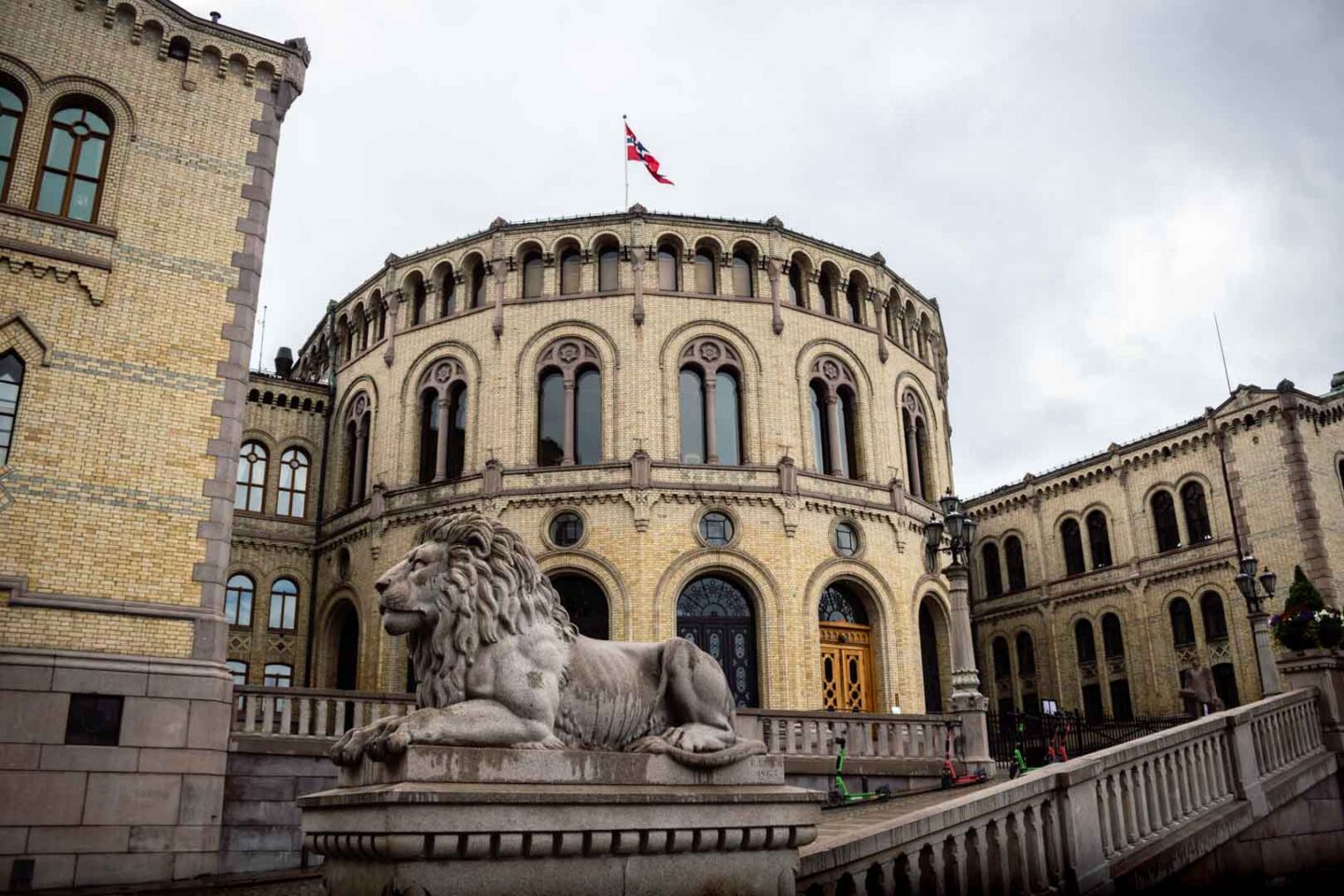
If you’ve only got 3 days in Oslo then you’ll want to cram in as much as possible. We tend to explore on our own, but we must admit that tours are a great way to see a lot in a short amount of time. You can also get a fantastic insight into the local area, as you’ll have an expert guide with you.
Here are some of the most popular tour options in Oslo:
- Oslo Highlights 3-Hour Bike Tour – This bike tour will see you explore the city more quickly, and you’ll get to visit plenty of landmarks including the Royal Palace and the City Hall.
- Oslo: Grand City Tour and Fjord Cruise – This 7.5-hour tour includes a bus tour of the city, a sightseeing cruise on the Oslofjord, museum entrance fees, and a guided walking tour.
- Oslo: Hop-On Hop-Off Sightseeing Bus Ticket – You can opt for a 24-hour or 48-hour pass and you’ll see a ton of sights along the way while benefiting from an audio guide.
Where to Stay in Oslo
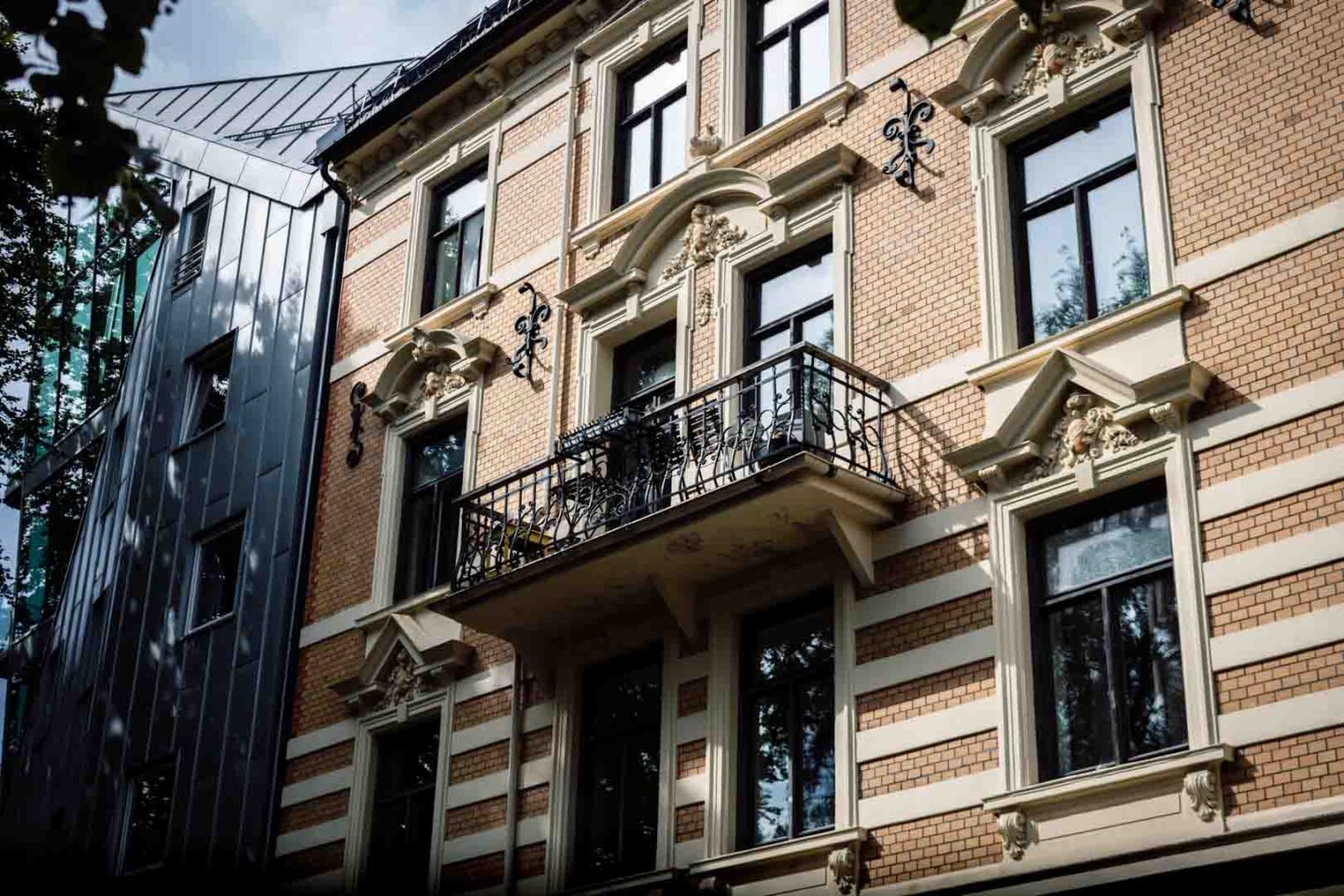
Now it’s important to note that Oslo is very expensive when it comes to accommodation. That’s why we opted for an Airbnb (which we’ll link below). However, there are some fantastic hostels and hotels in the city. Just be prepared to part with some serious cash!
Here are some of the best accommodation options:
Budget: Citybox Oslo
Citybox Oslo is a brilliant budget-friendly option that’s less than 300 metres (984 feet) away from Oslo Central Station. The rooms are great, and they come with all the amenities you need to have an enjoyable stay.
All the rooms at Citybox Oslo have a private bathroom, shower, an armchair, and WiFi. There are also simple amenities such as a microwave and vending machines, which you can use to save money on food and drinks.
Mid-range: Hotell Bondeheimen
If you’re looking for somewhere in the mid-range, you can’t go wrong with Hotell Bondeheimen. This hotel has spacious rooms that feature televisions, double beds, tables, and chairs. There’s even a restaurant on-site that serves traditional Norwegian food.
This hotel’s location makes it a top choice. It’s less than 100 metres (328 feet) away from the National Gallery and Karl Johans Gate, and only 1.3 km (0.8 miles) away from the Opera House.
Luxury: Hotel Continental
Those of you seeking a more luxurious experience should check out Hotel Continental, which is 150 metres (491 feet) away from Oslo’s main street. This 5-star hotel features stunning rooms equipped with a minibar, a safe, a TV, and Wi-Fi.
Hotel Continental also has a 24-hour gym and a fine dining restaurant called Restaurant Eik Annen Etage. The hotel is even home to the historic Theatercaféen which has been open for more than 100 years.
Airbnb: Urban Apartments Grünerløkka Loft
Urban Apartments in Grünerløkka is where we stayed during our trip to Oslo and we can’t recommend it enough. This two-bedroom apartment is super clean, modern, spacious, and to be honest, quite beautiful.
Situated in the loft of a fantastic apartment building, this accommodation option is near lots of popular attractions, shops, cafes, and restaurants too, which is always a bonus. For Oslo, we found the loft very affordable!
Frequently Asked Questions about Oslo
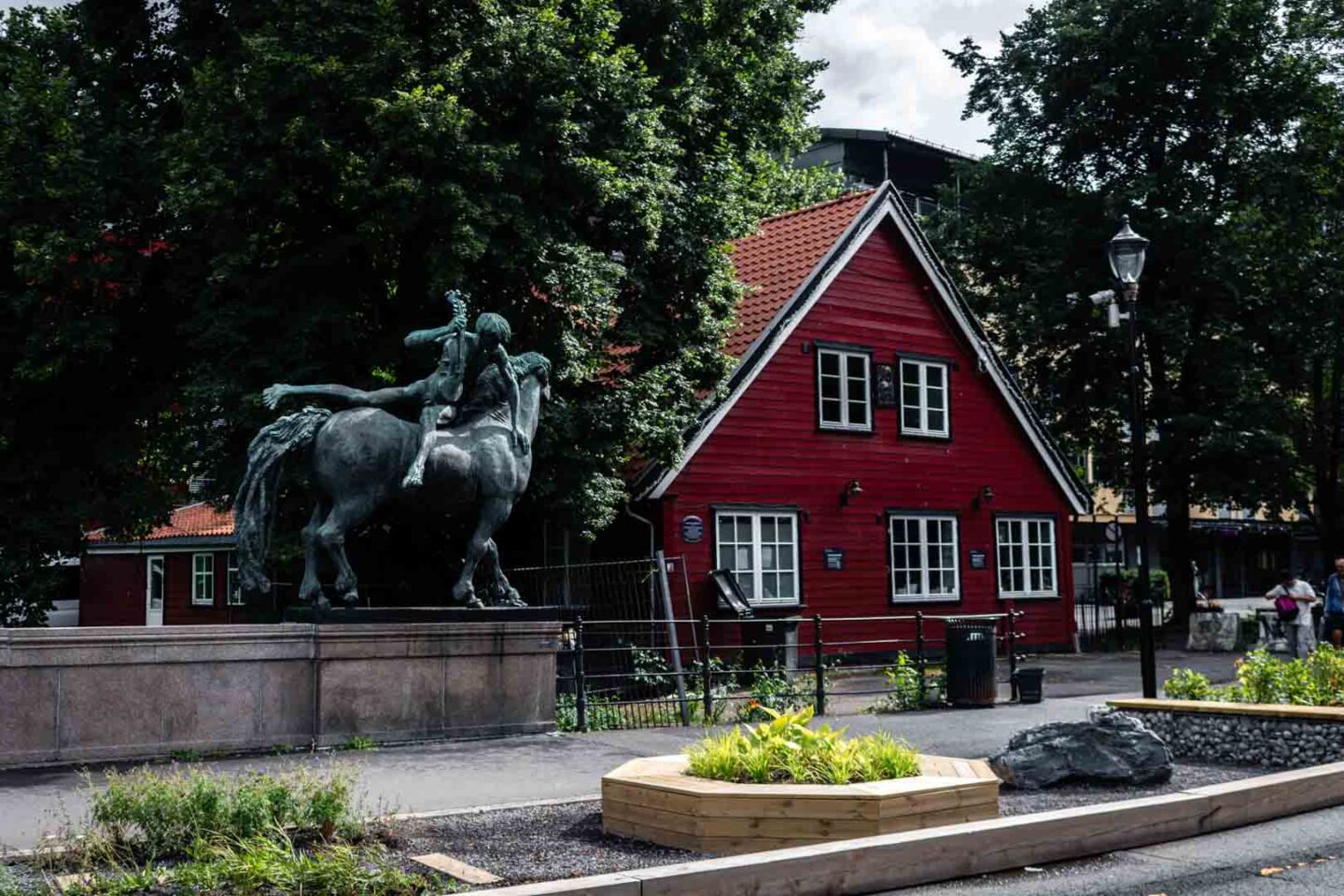
How many days do I need in Oslo?
If you want to see everything Oslo has to offer, you need to spend 2 to 3 days in the city. 2 days gives you enough time to see the major sites, but we recommend planning for 3 days.
This will give you extra time to visit the Oslofjord, which you need at least half a day to explore. You’d also have time to go on a day trip!
What is a good budget for Oslo?
We recommend a budget of at least £80-£120 per person per day for Oslo. Although you may get by on less than this, we feel like that would be pushing it as accommodation is costly in Oslo.
Of course, if you’re travelling as a couple or in a group, then you can easily split costs. However, for those travelling on their own, just be aware, that even hostels can be on the pricey side!
Is Oslo very expensive?
Yes, Oslo is a very expensive city, however, that doesn’t mean you can’t still stick to a budget. While Oslo might be one of the most expensive cities in Europe, if not the World, you can cut down your spending by choosing more affordable accommodation, cutting transport costs, and choosing cheaper places to eat.
We kept our costs down by eating at food markets every night instead of in restaurants, which are very overpriced, and by staying in an Airbnb rather than a hotel.
Is Oslo a walkable city?
Yes, absolutely! Oslo is certainly a walkable city, so don’t worry about spending lots of money on public transport. Oslo does have metro and tram services, but you don’t have to use them.
Most attractions are relatively close together or just a short walk apart. The only transport we paid for in Oslo was the bus ride from the airport to the city and the ferry for the Oslofjord. We easily walked everywhere else!
Where to Go After Oslo

After spending 3 days in Oslo, you have a few different options when it comes to onward travel, so why don’t you continue your trip somewhere else?
When we visited the city, we didn’t have enough time to carry on travelling after Oslo. However, we found lots of places we wanted to go!
One onward travel option that stood out to us was a ferry ride to Copenhagen. DFDS operates an affordable ferry crossing that takes passengers from Oslo all the way to Copenhagen in Denmark for as little as £27.
You could also fly to other popular destinations in Scandinavia such as Stockholm in Sweden. Alternatively, you could stay in Norway and head to places like Bergen or the Lofoten Islands.
You can reach Bergen and the Lofoten Islands from Oslo via a plane and ferry! A cheap way to reach Lofoten is by flying into Bodø and jumping on a ferry to Moskenes.
Final Thoughts on this Oslo Itinerary
There’s so much to love about Norwegian city breaks and Oslo is one of the best destinations you can visit. Although this place is considered one of the most expensive cities in Europe, it’s possible to spend 3 days in Oslo without breaking the bank.
This city is easily one of our favourite destinations in the world, and we’re sure it will quickly become one of yours too. Now we’ve shown you our Oslo itinerary, all you have to do is book your flights, choose your accommodation, and pack your bags!
If you have further questions about your 3 days in Oslo then don’t hesitate to contact us via Instagram, Facebook, or in the comments below!
Here are some other guides that you may find helpful:
- One Day In Stockholm: How To Spend 24 Hours In The City
- Free Things To Do Stockholm, Sweden
- 3 Days In Stockholm: The Ultimate Itinerary
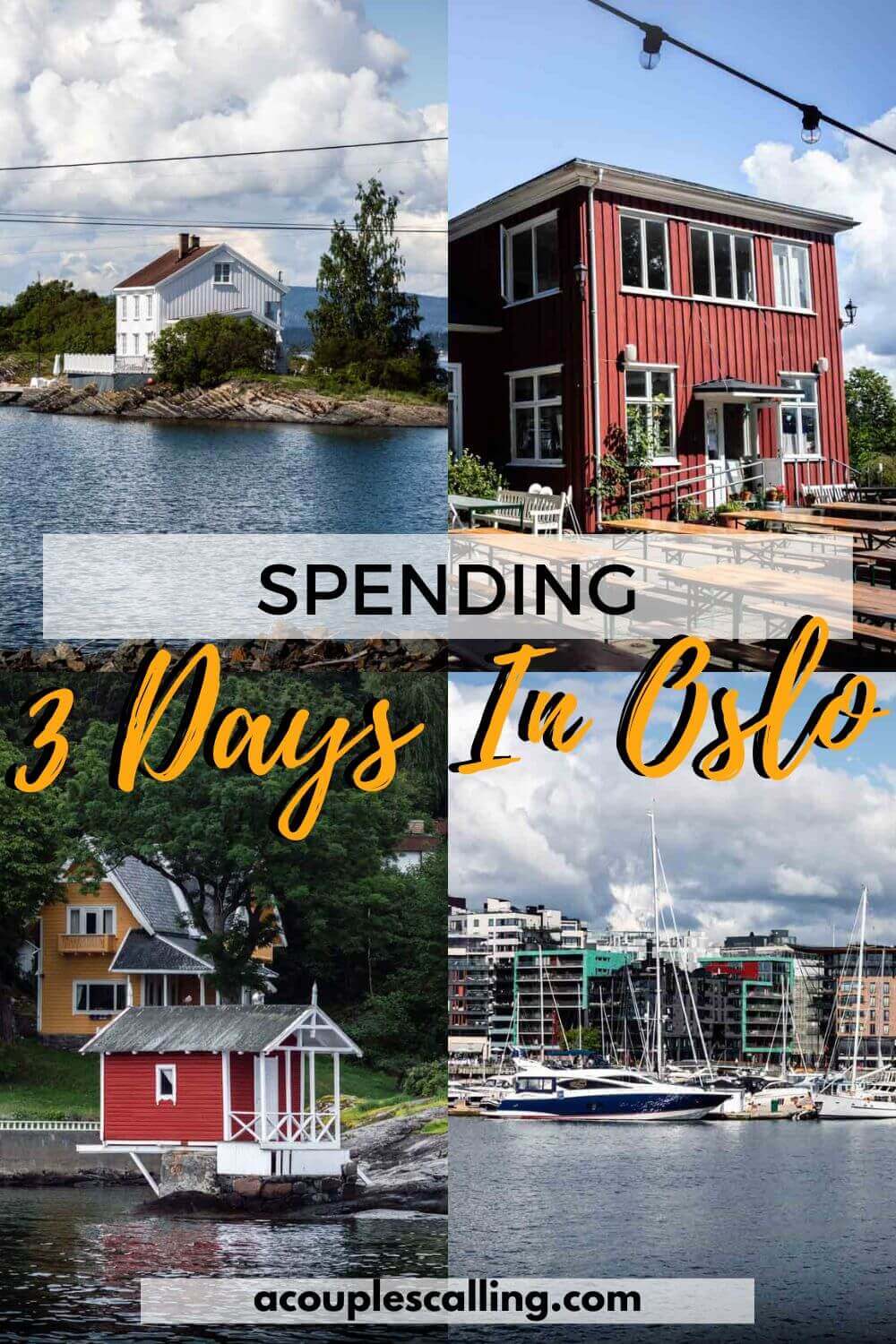
I’m one half of Acouplescalling. I'm passionate about all things travel and photography and I love sharing my experiences with others. I've seen a lot of the world already and I want to help as many people as I can do the same thing!

